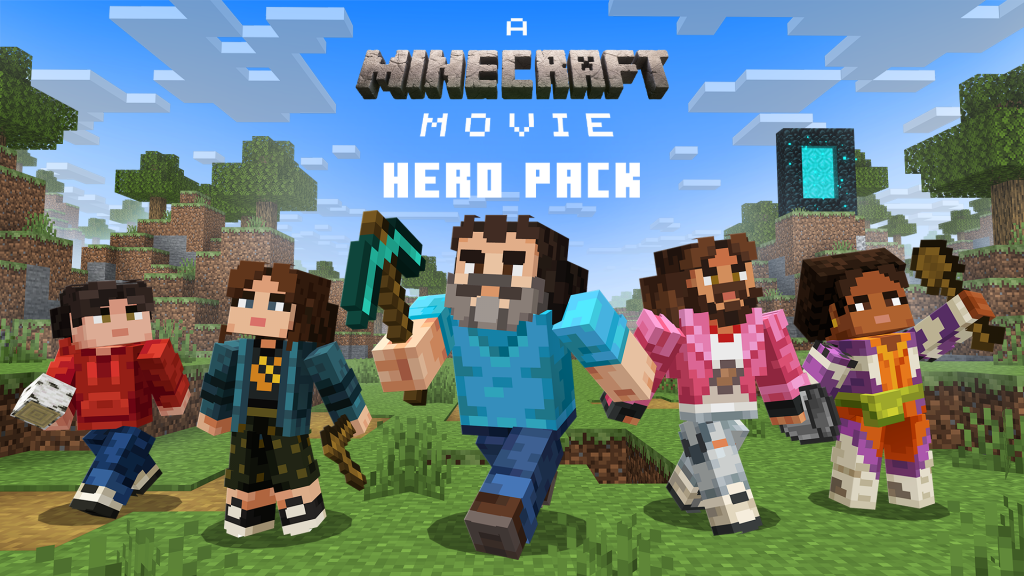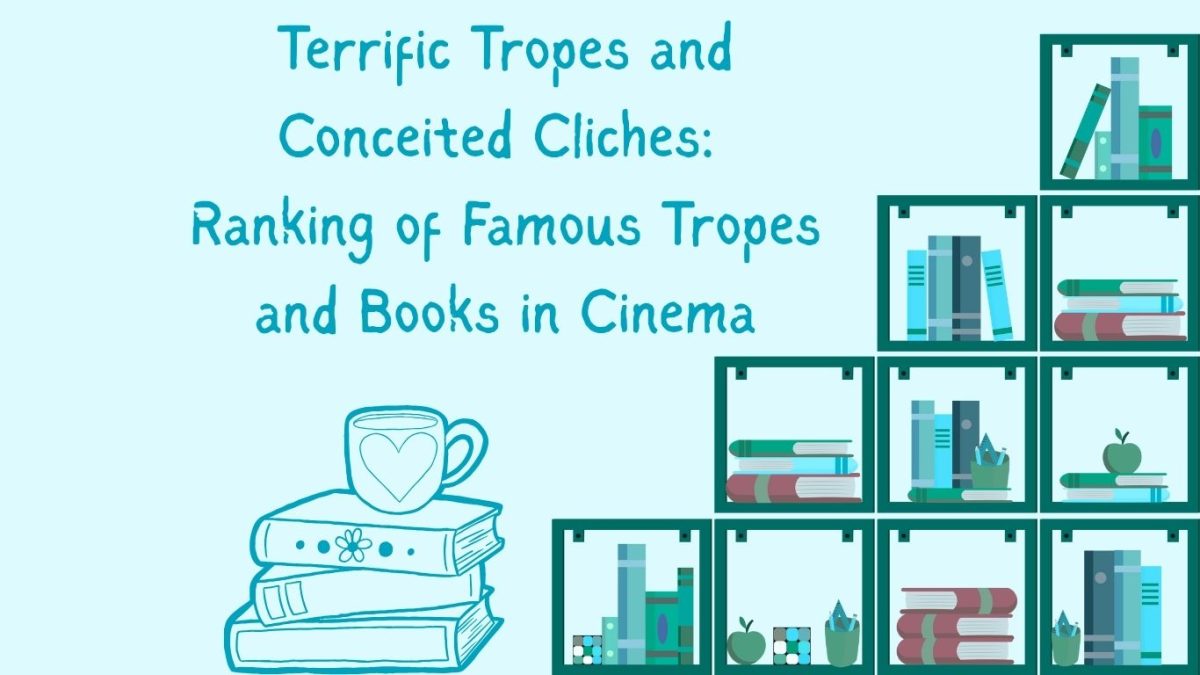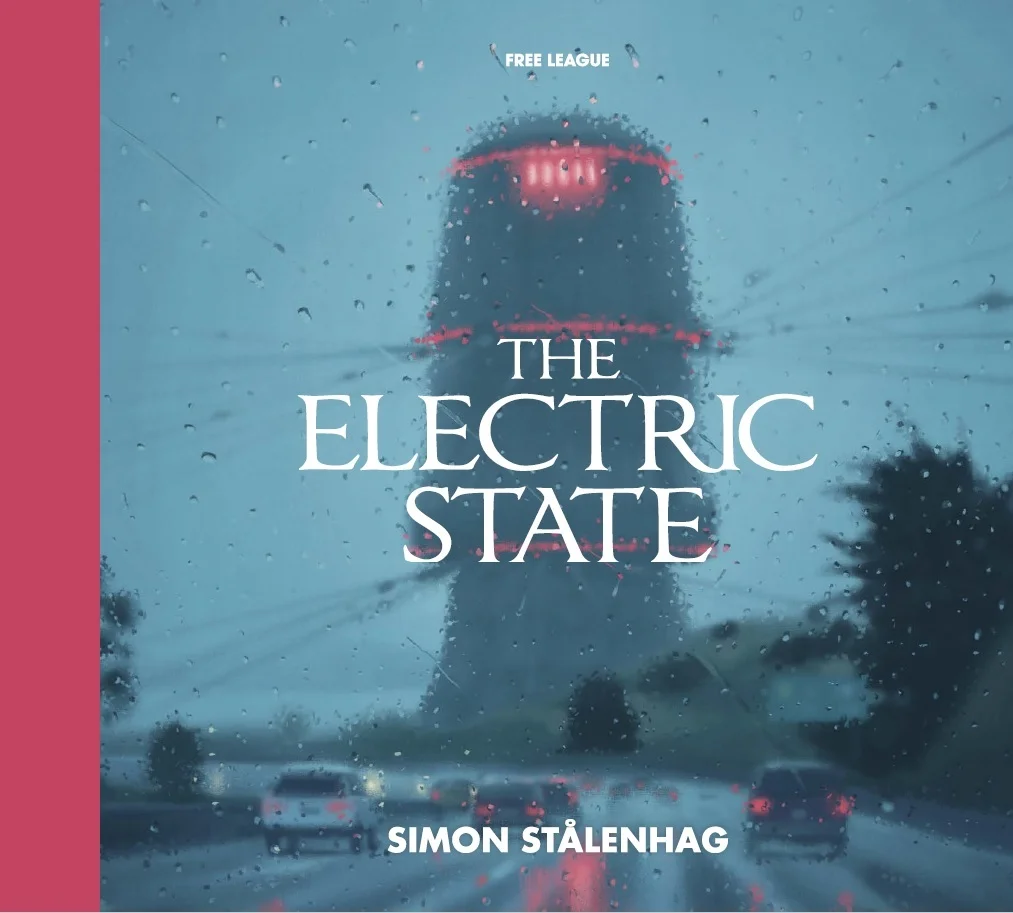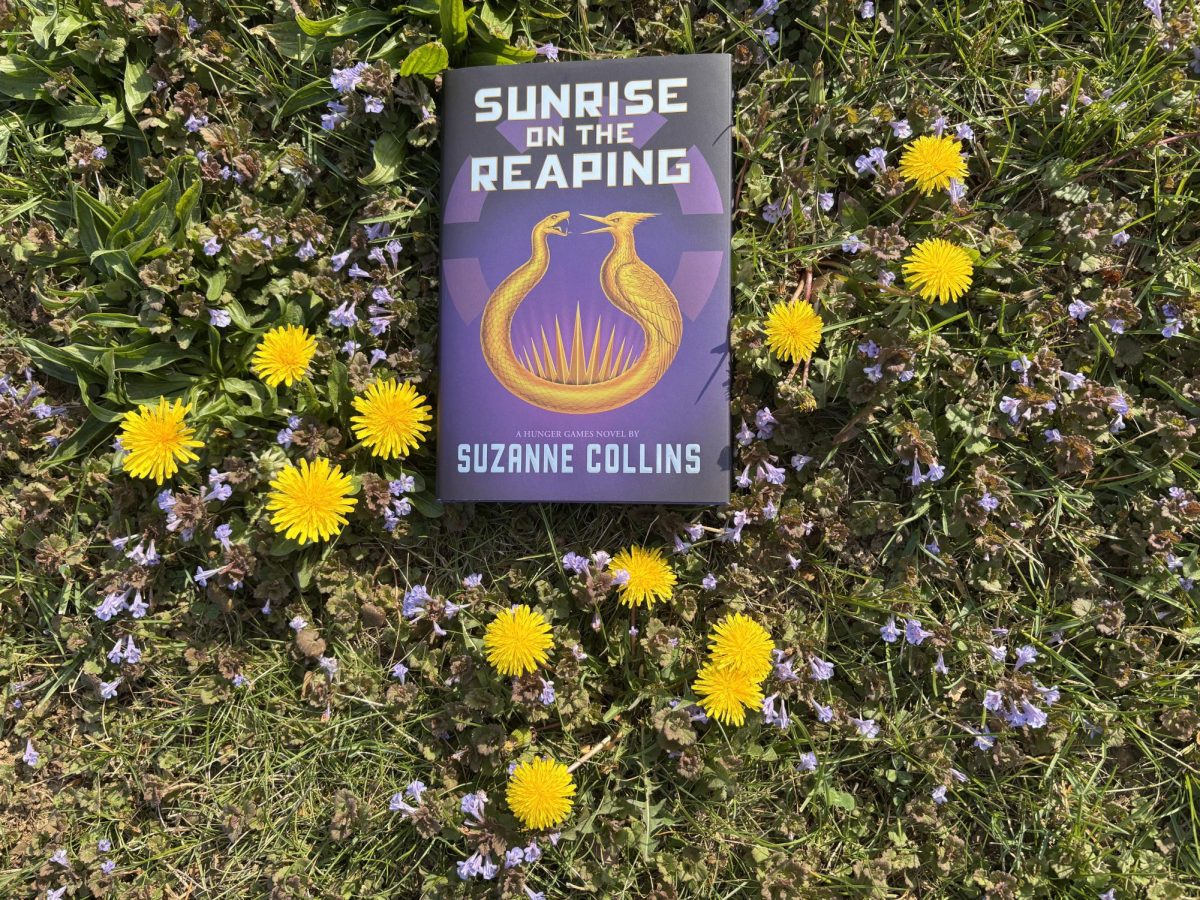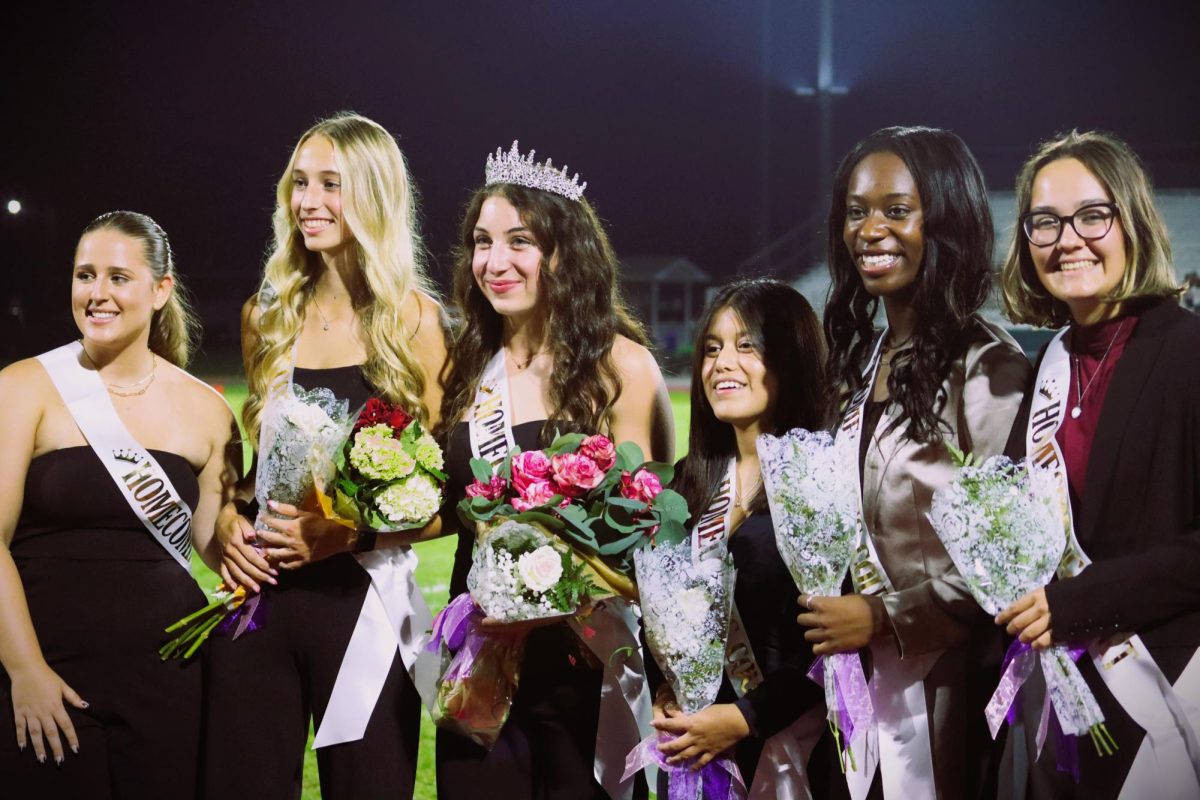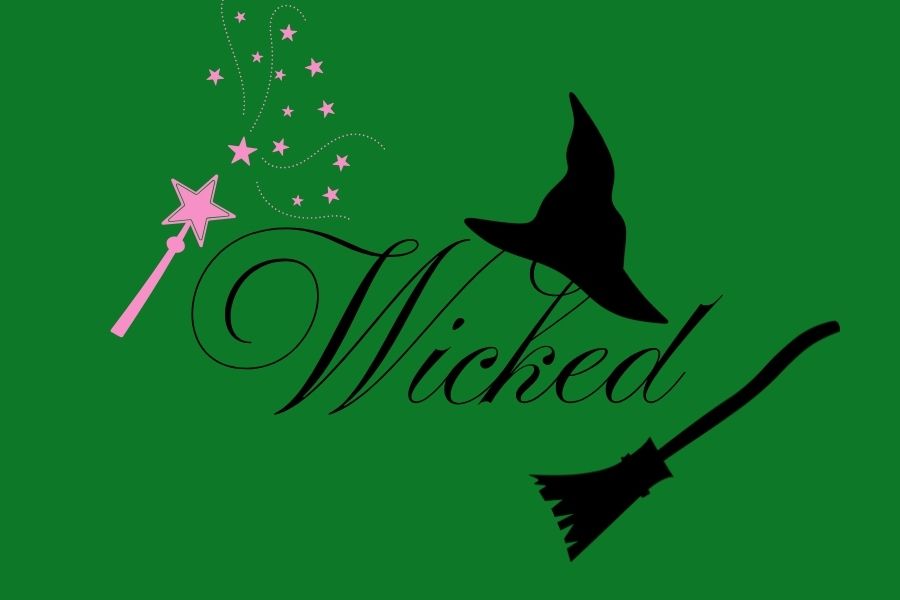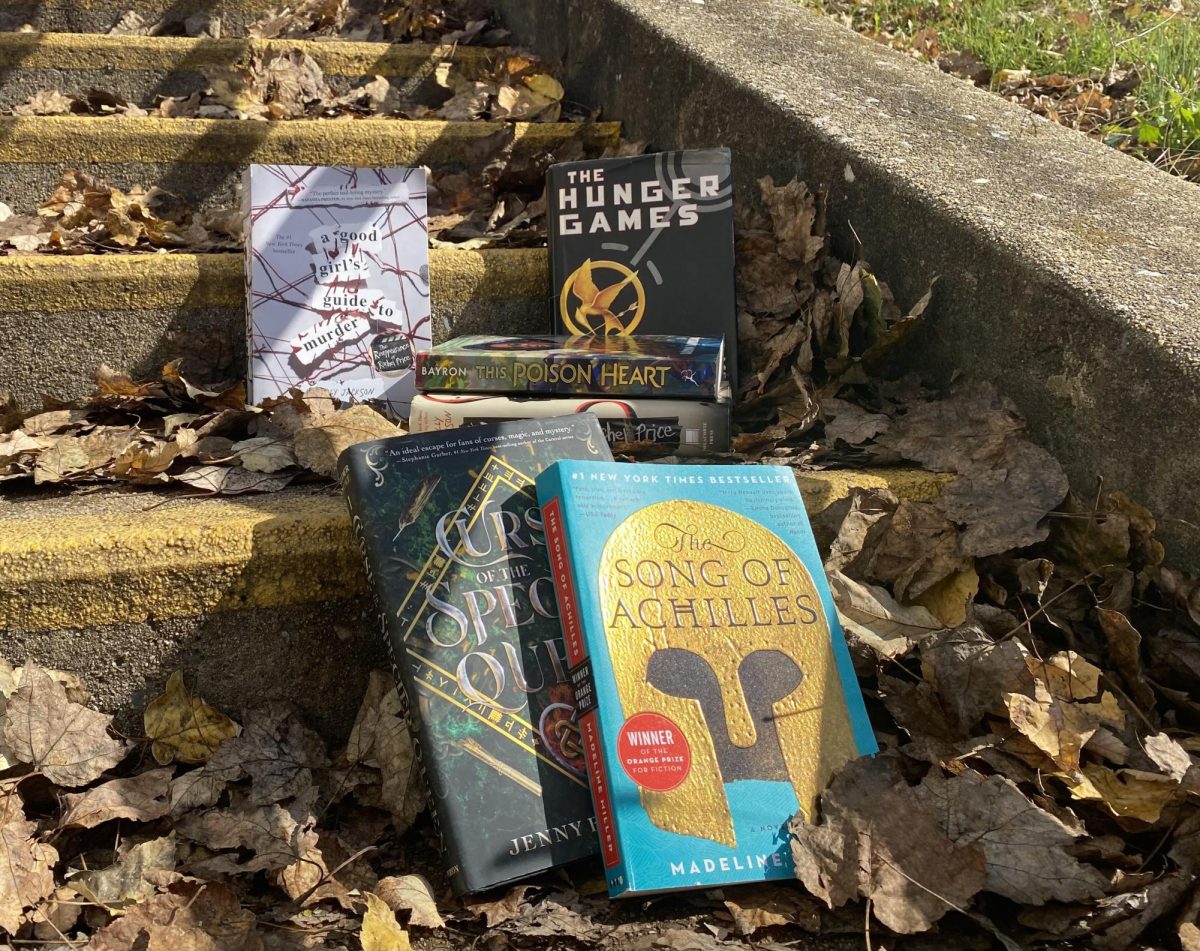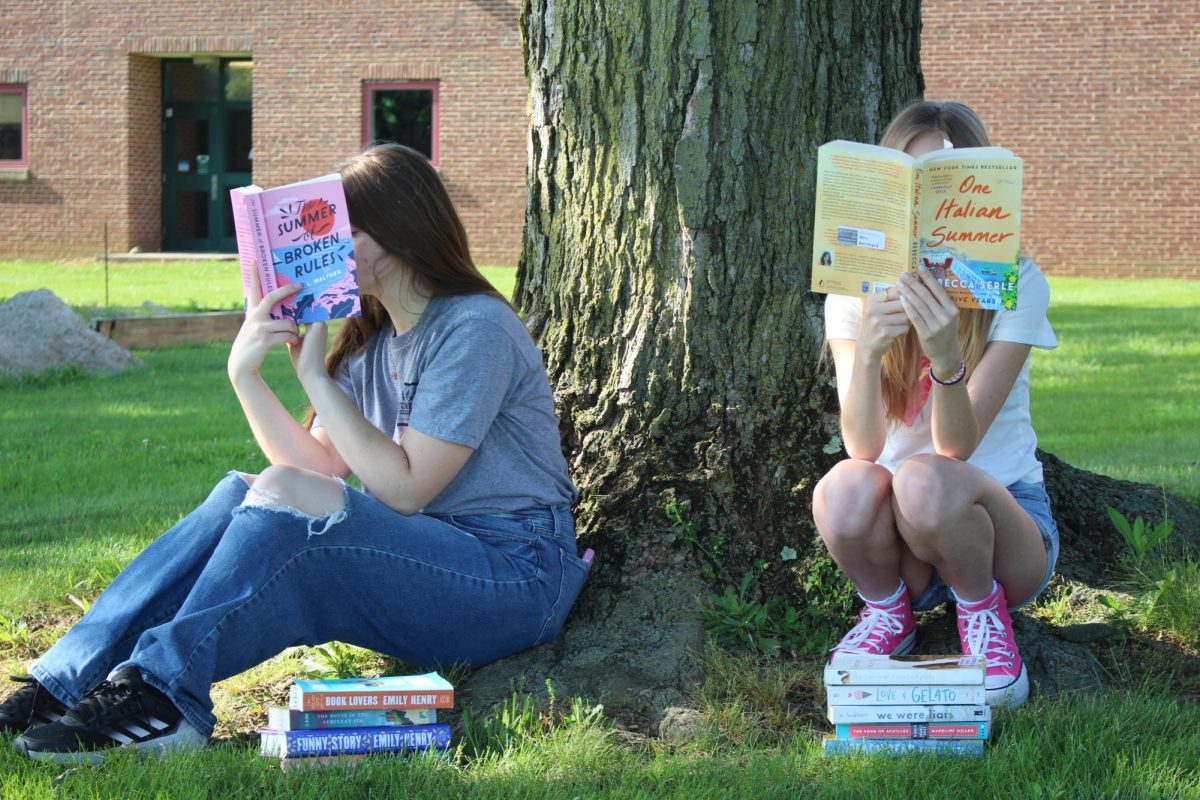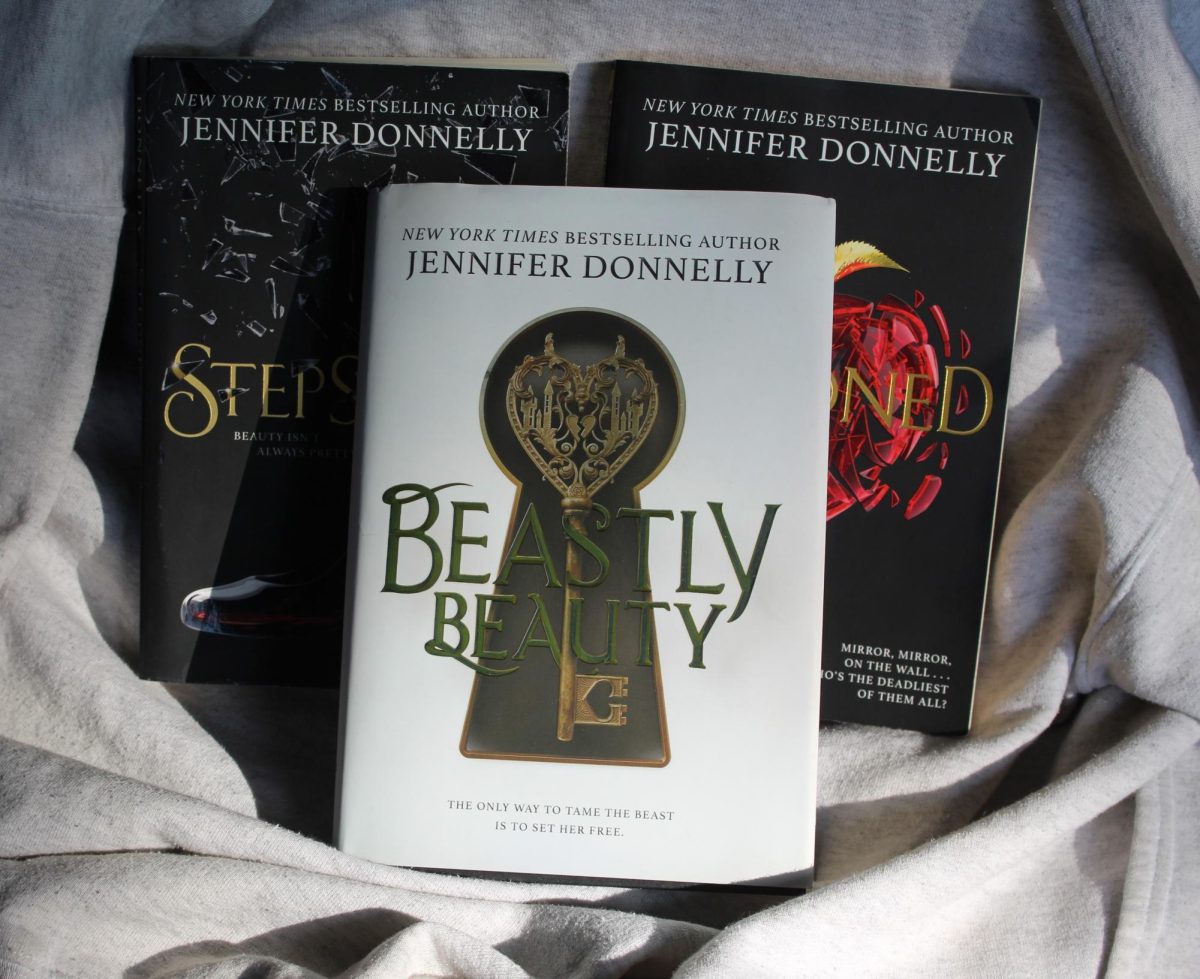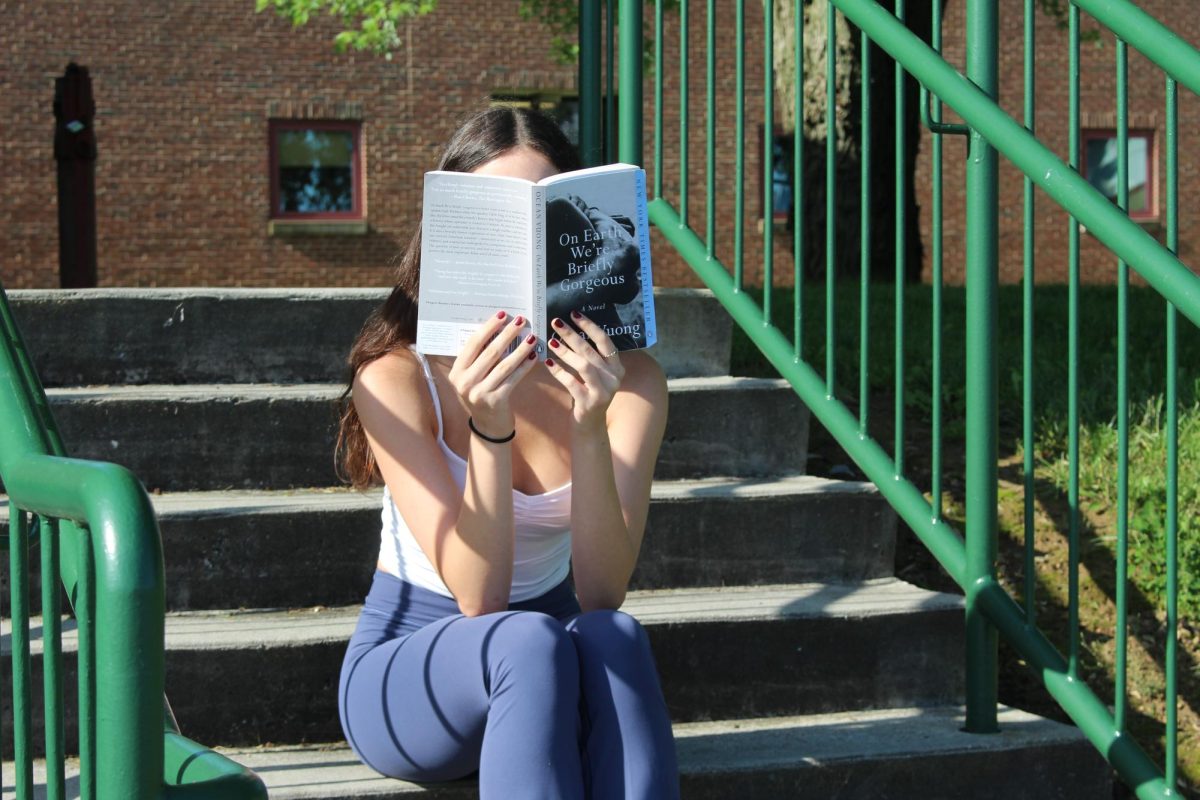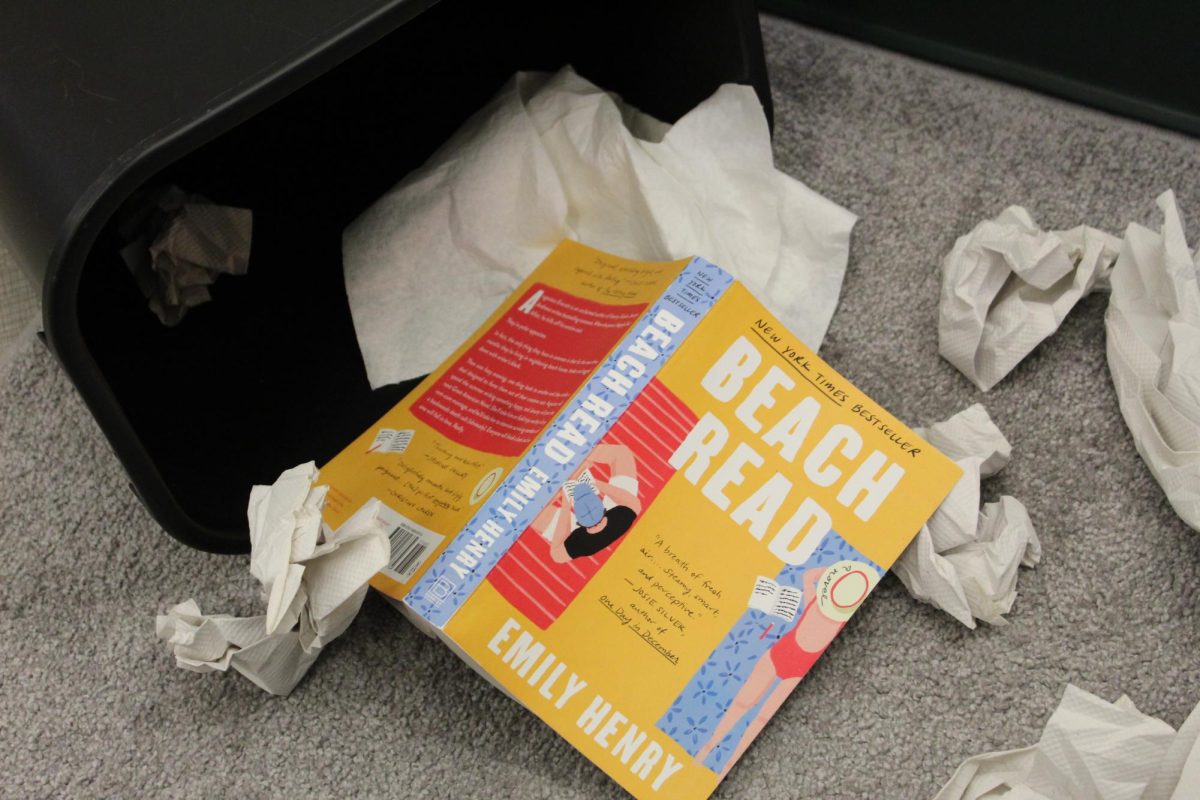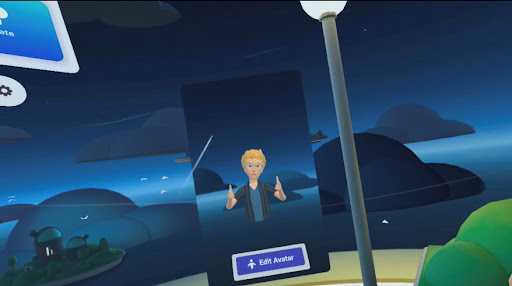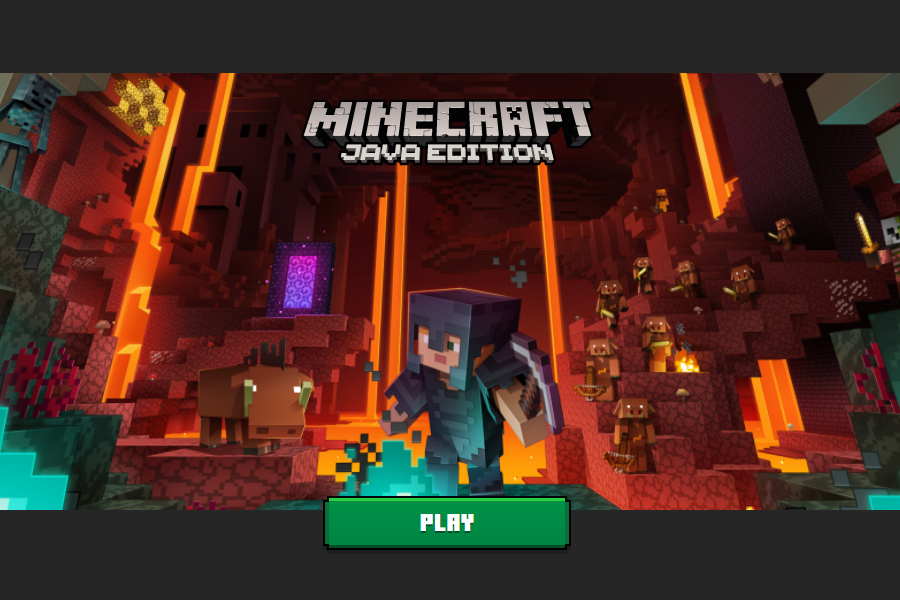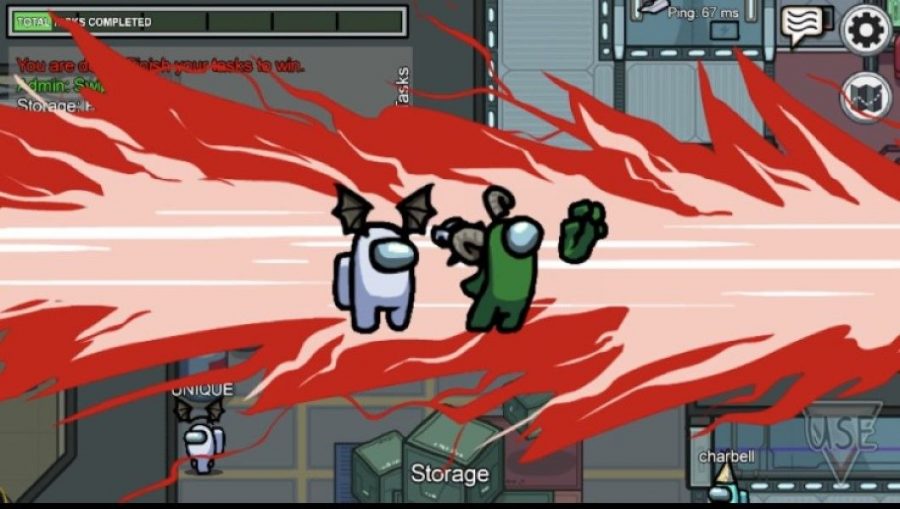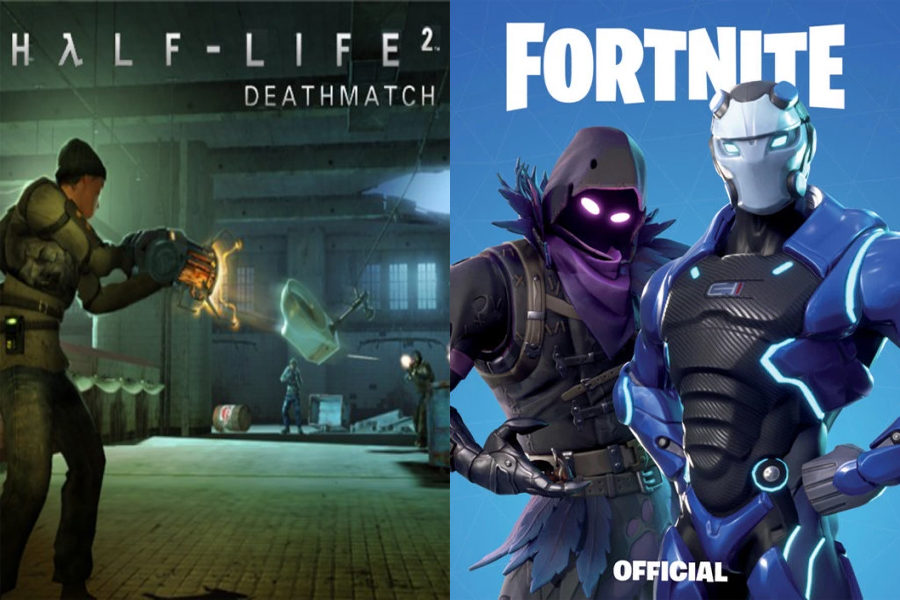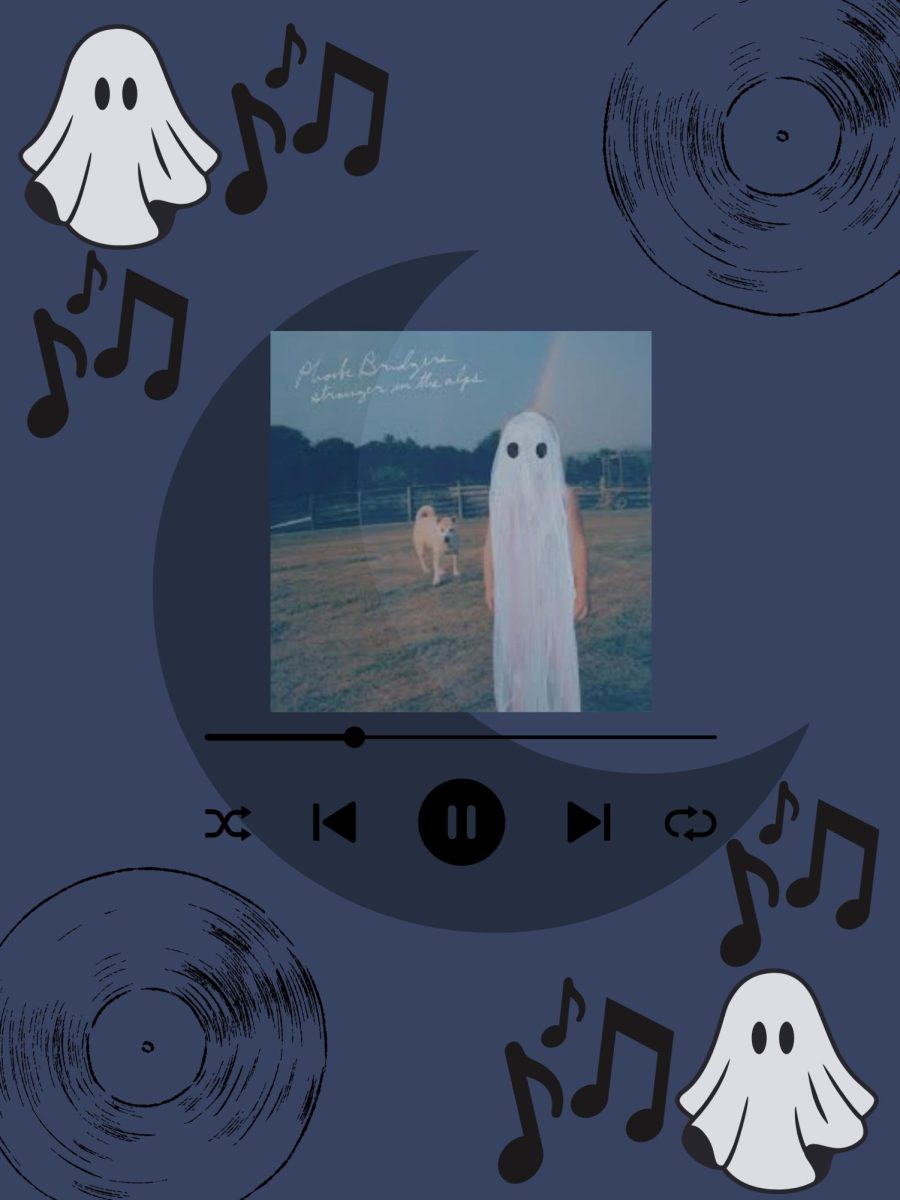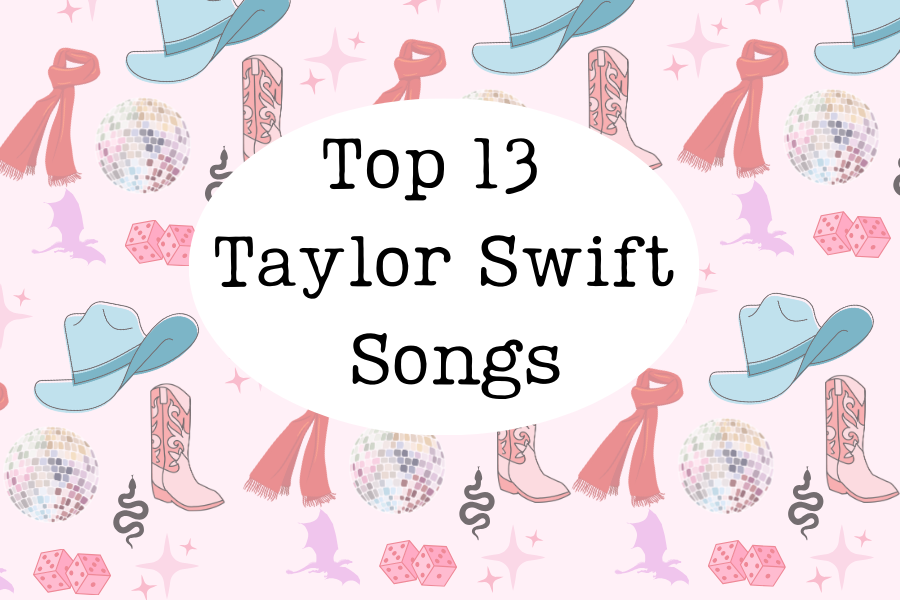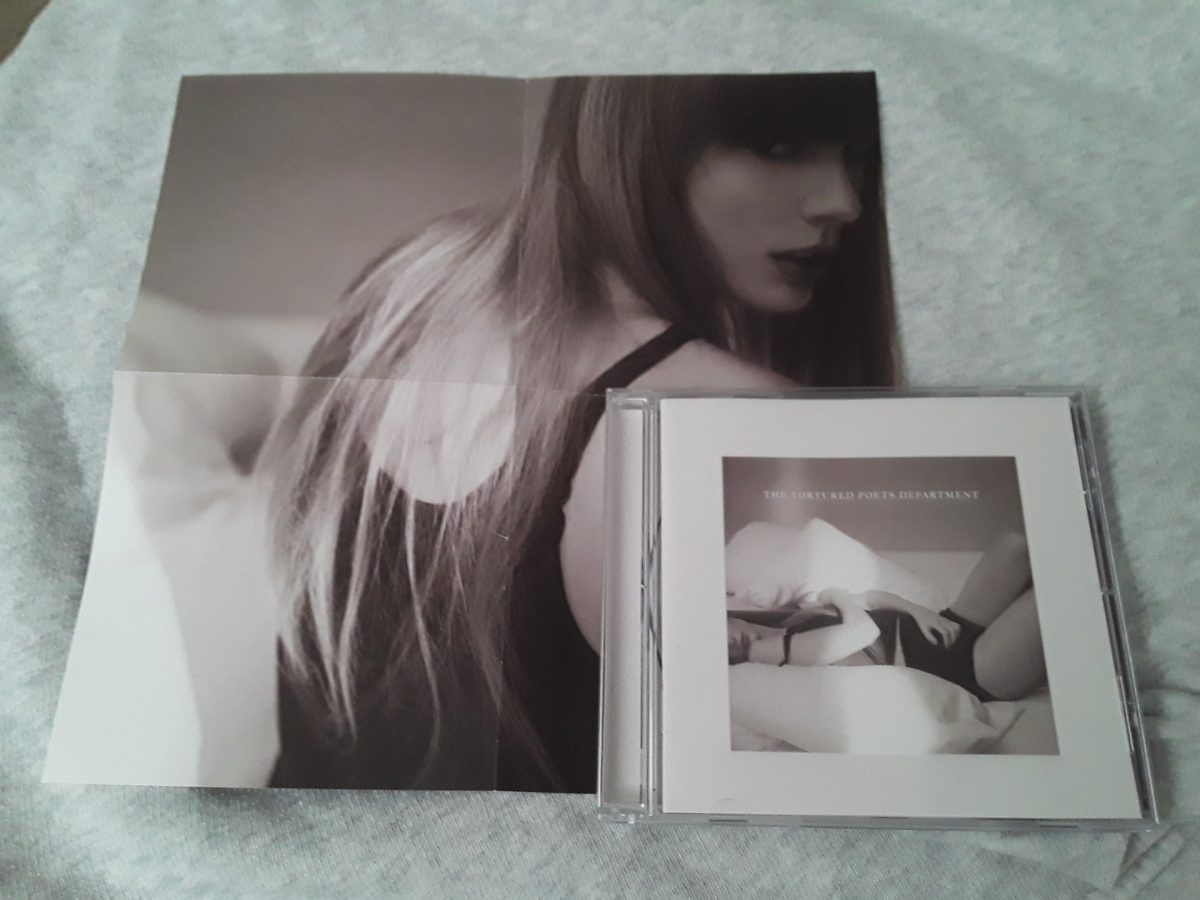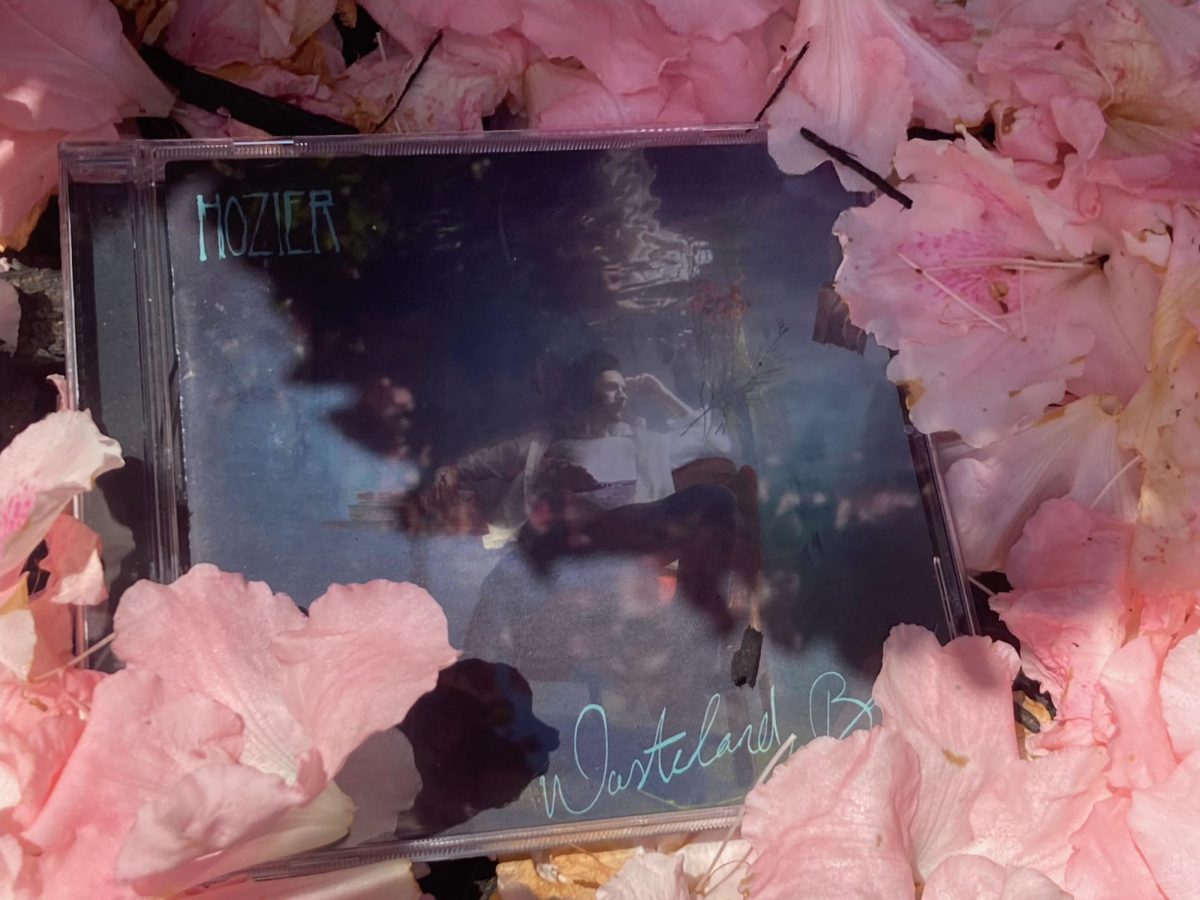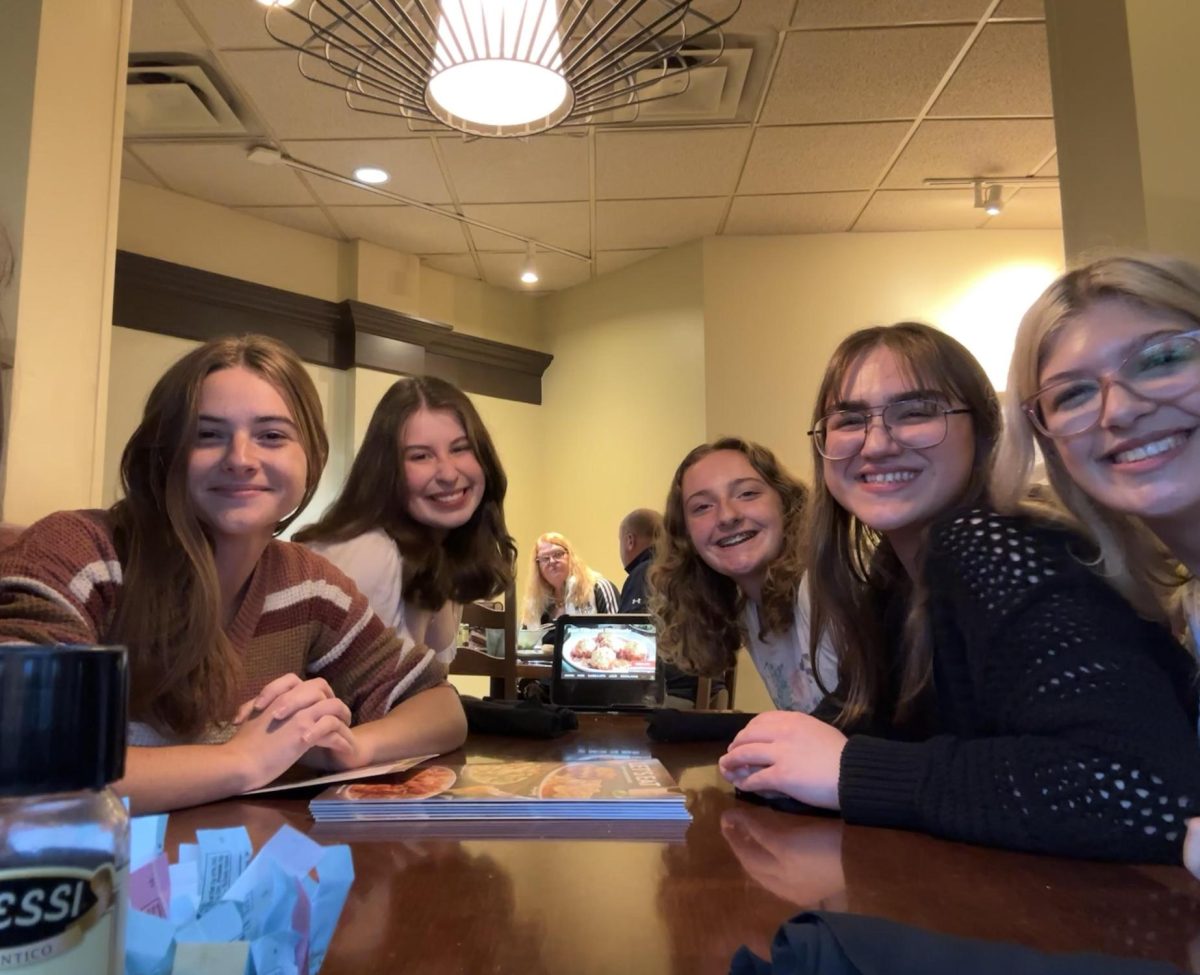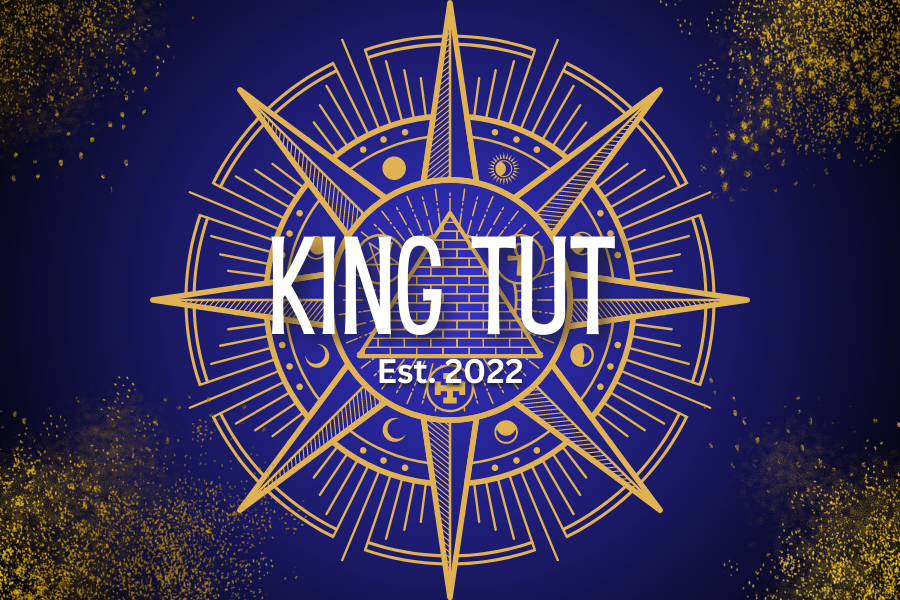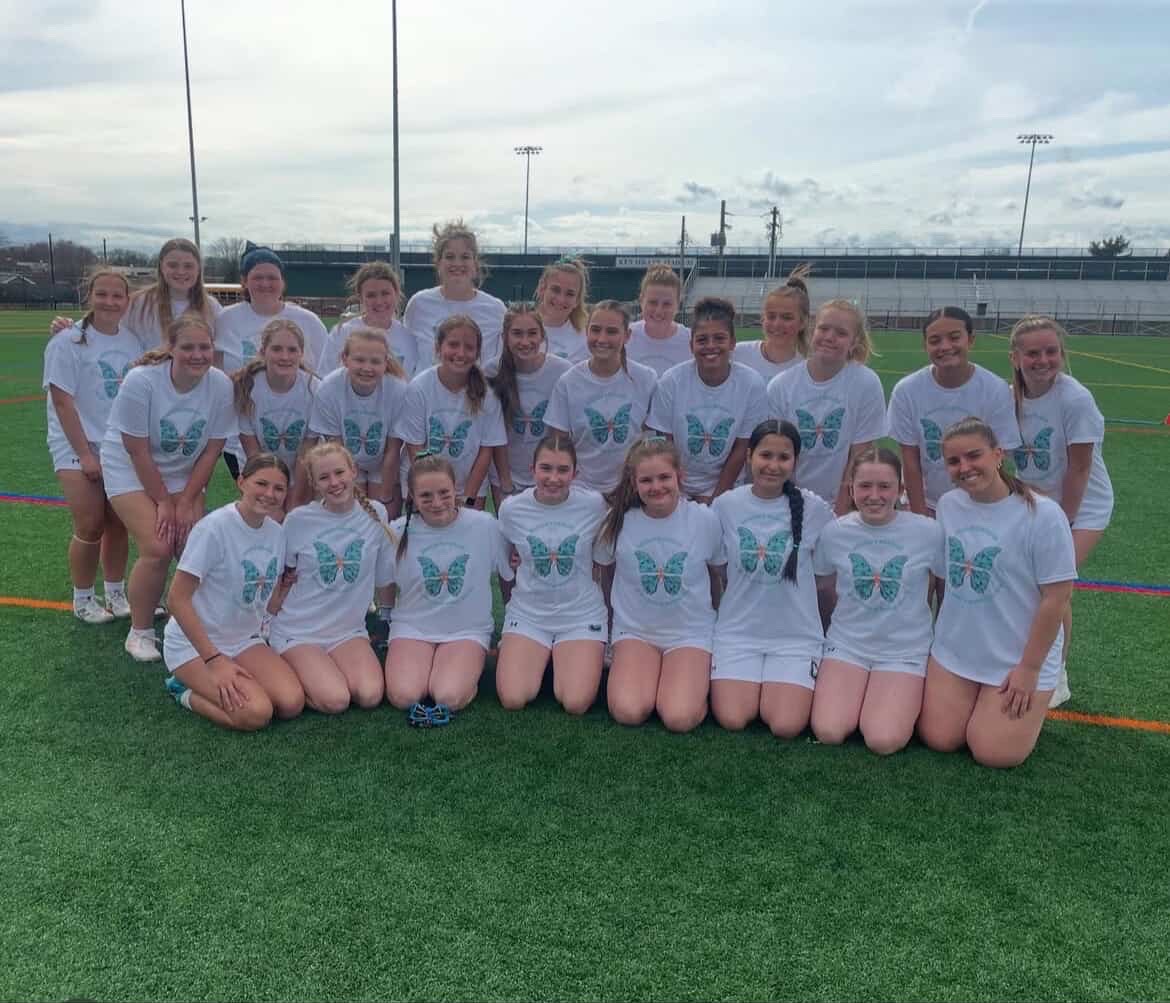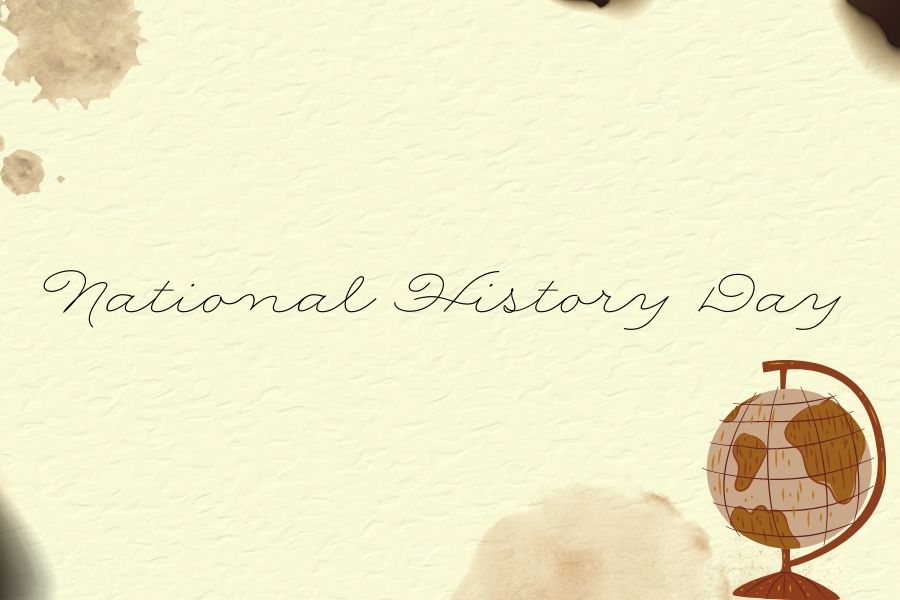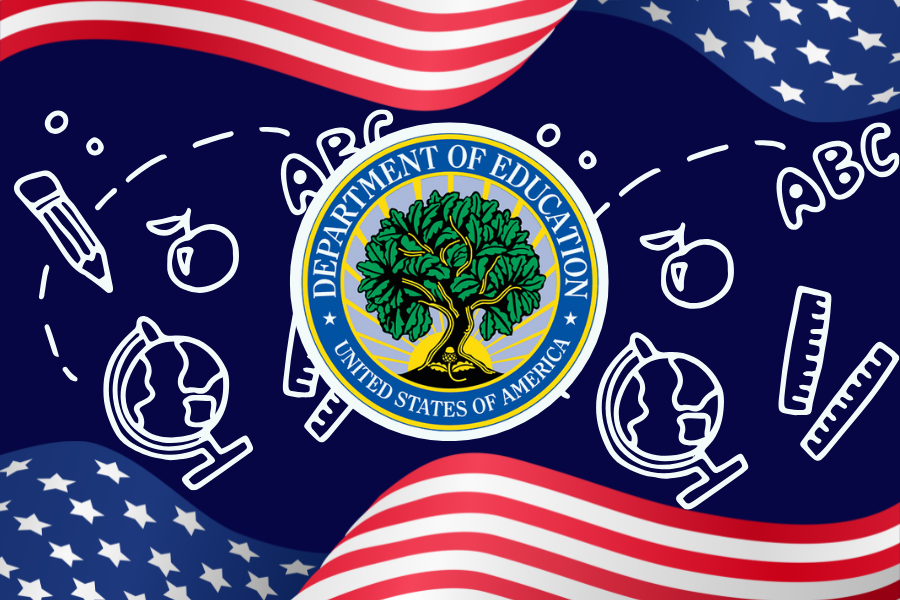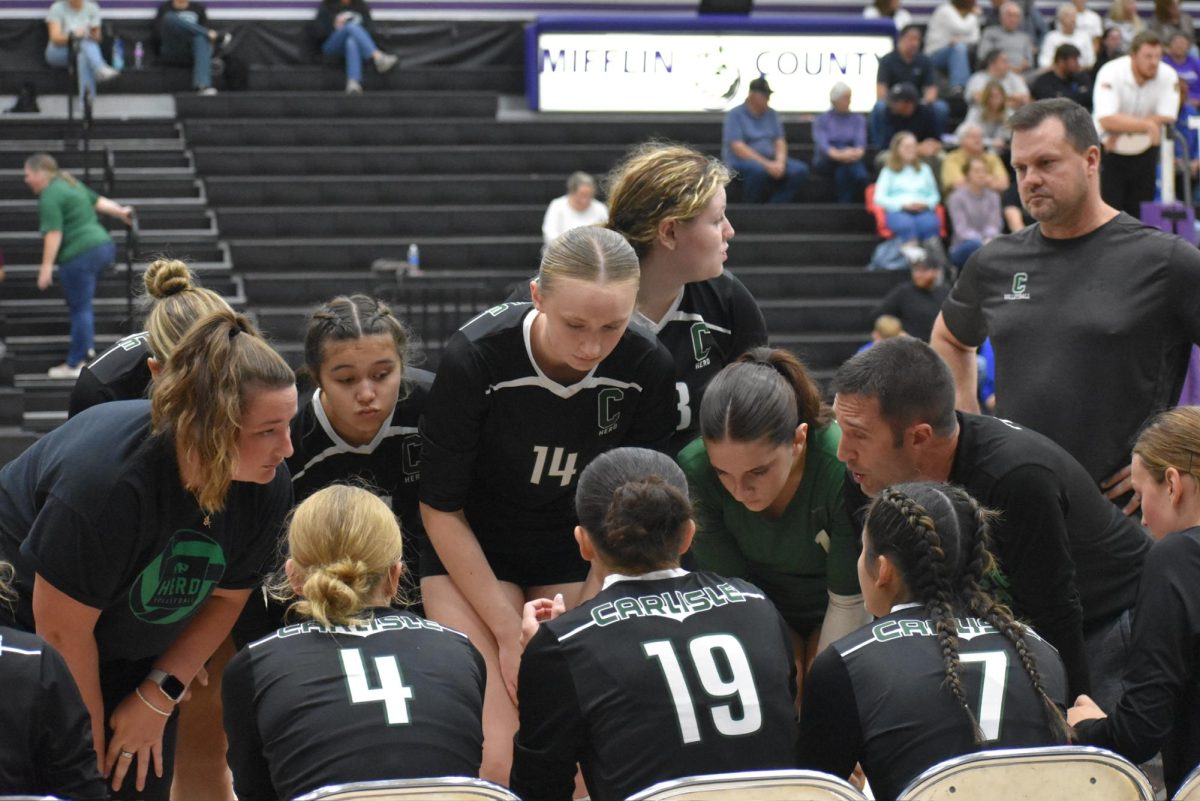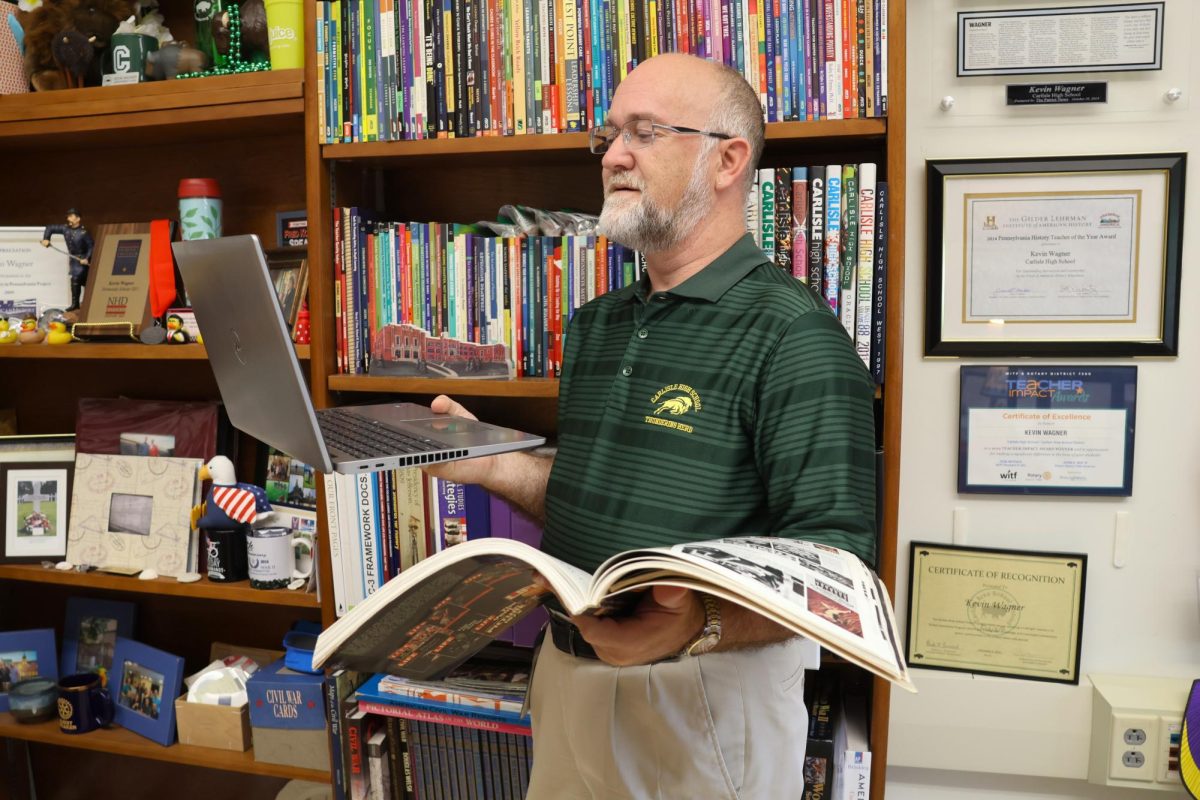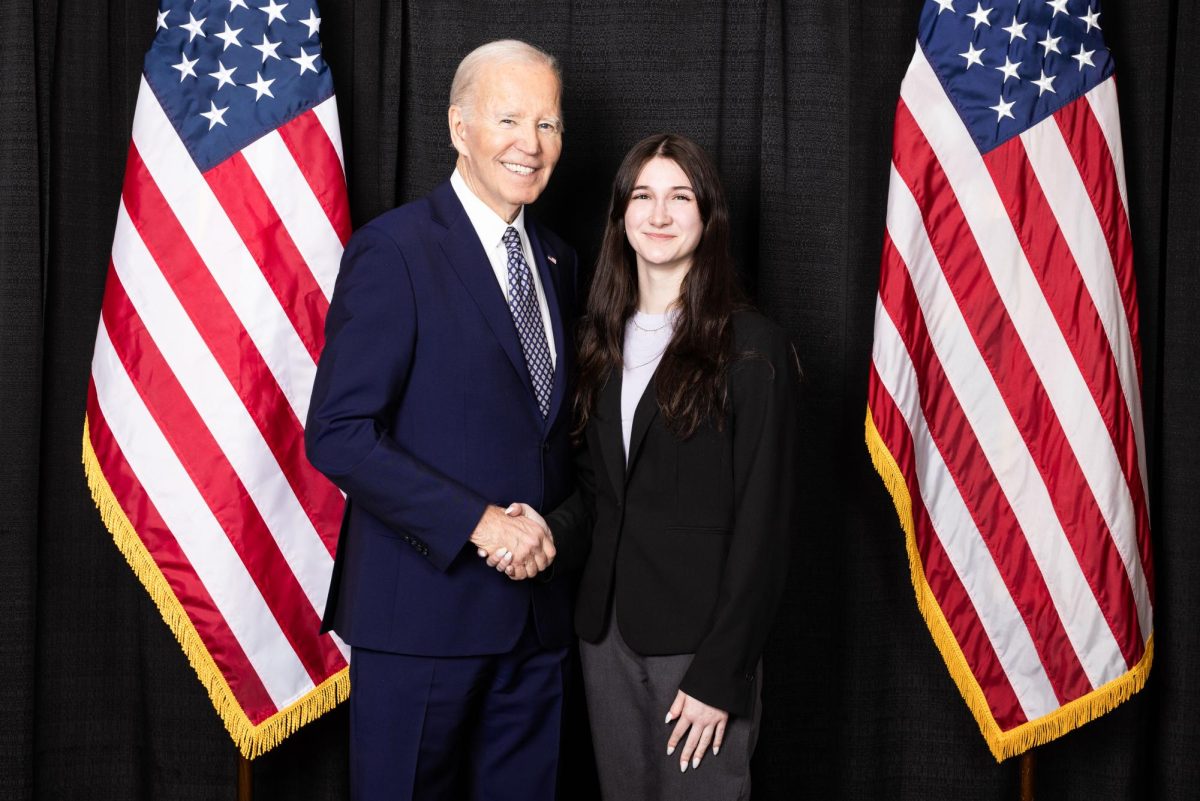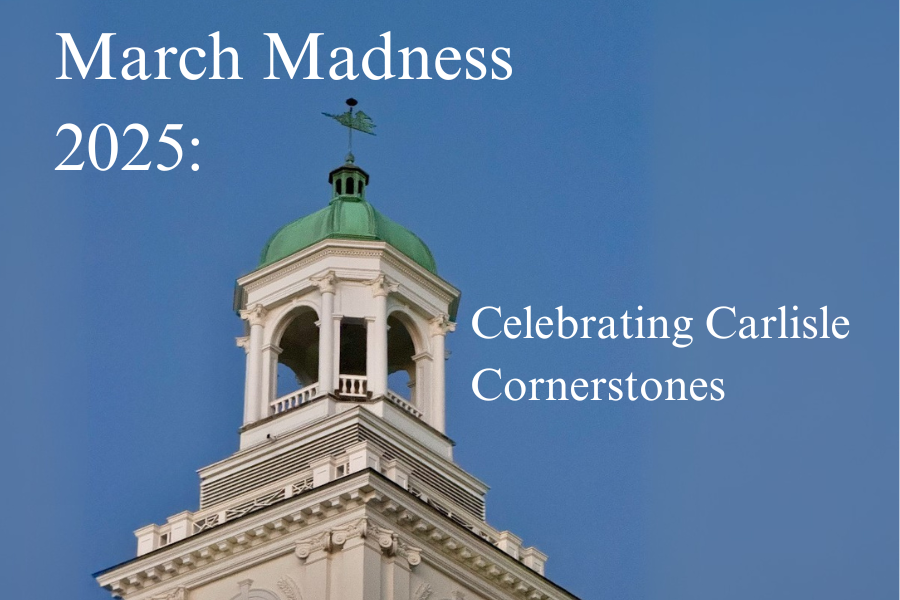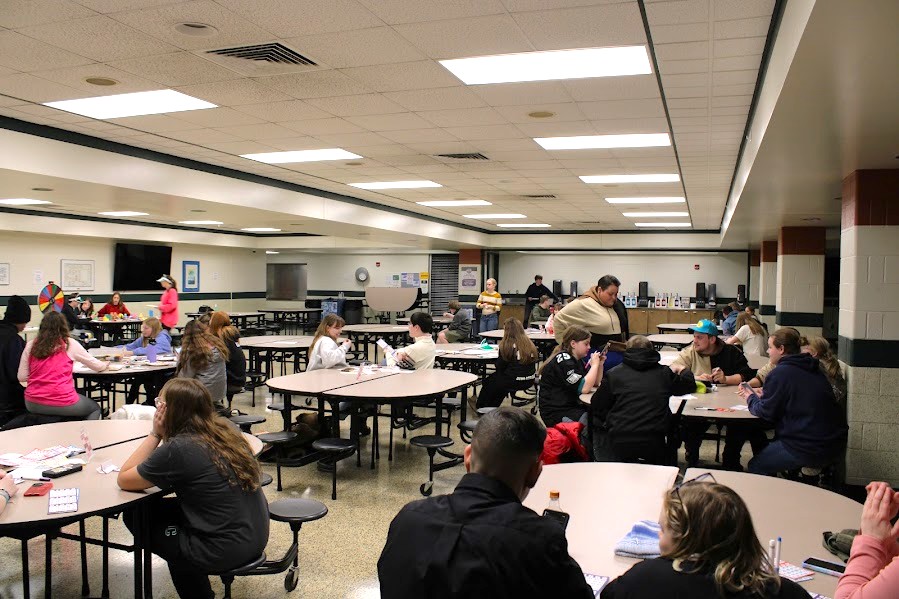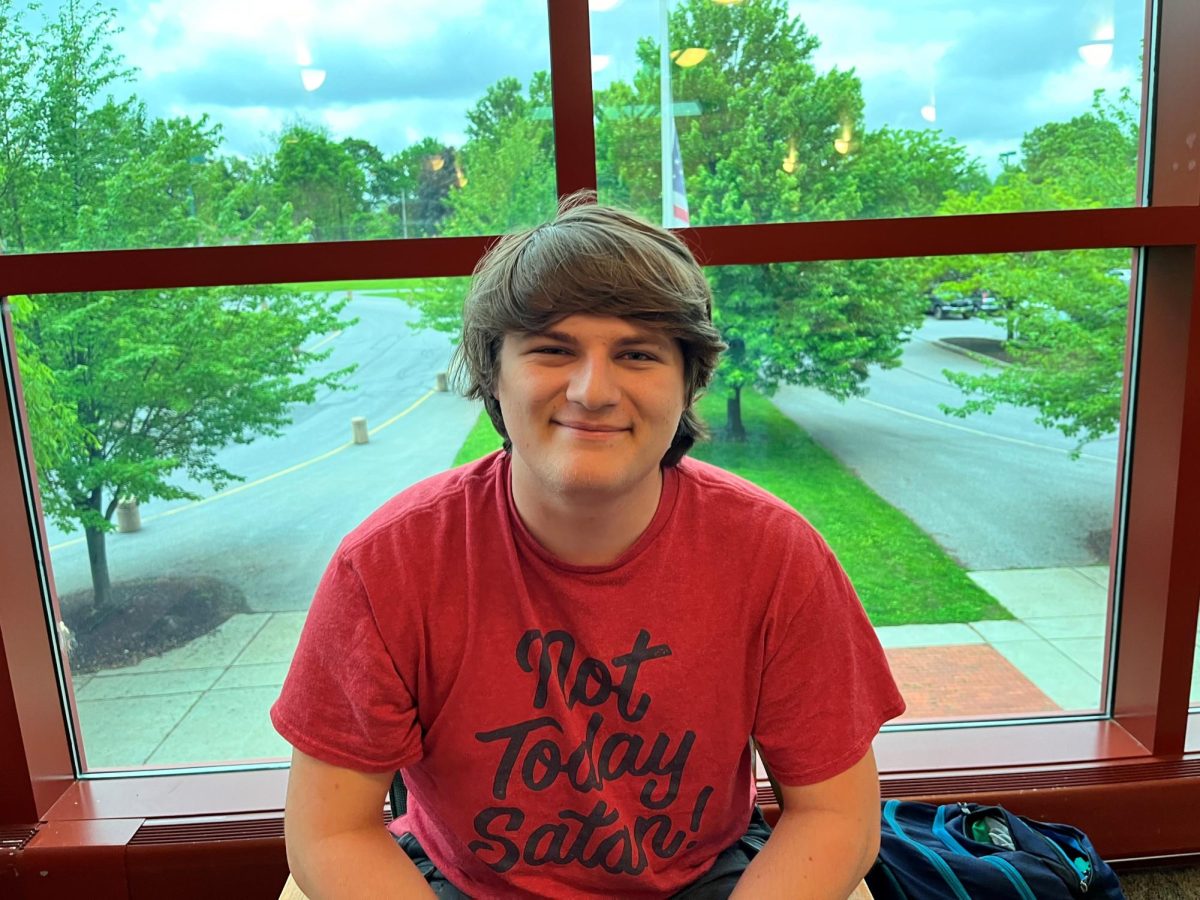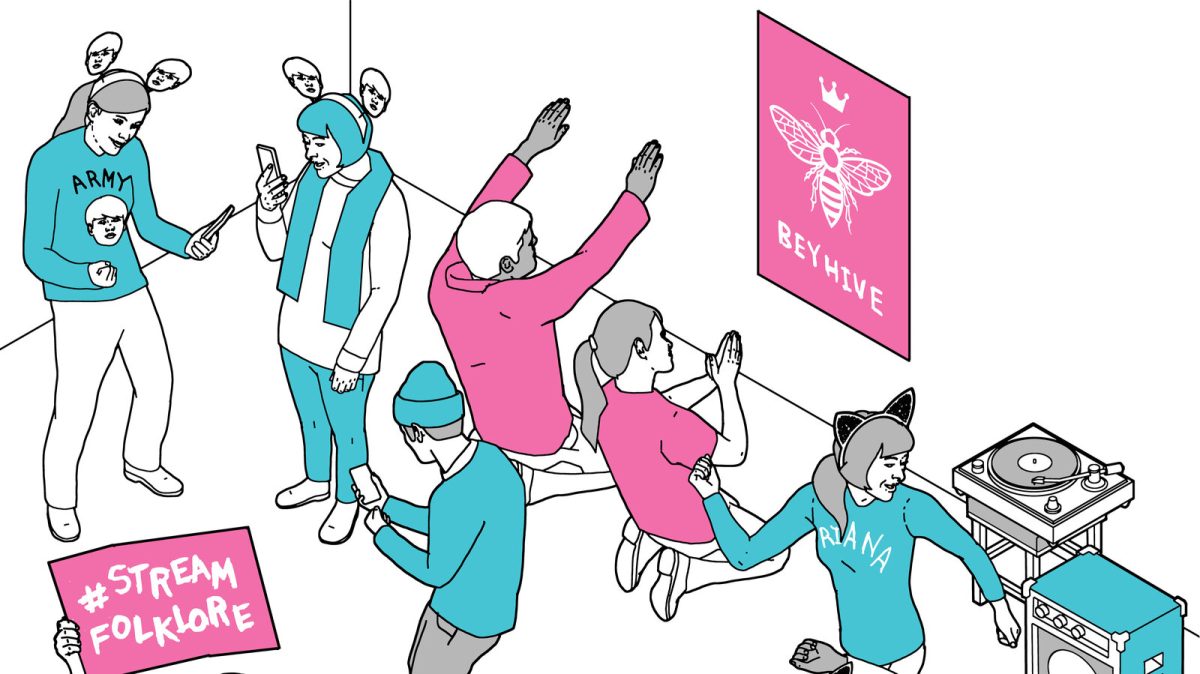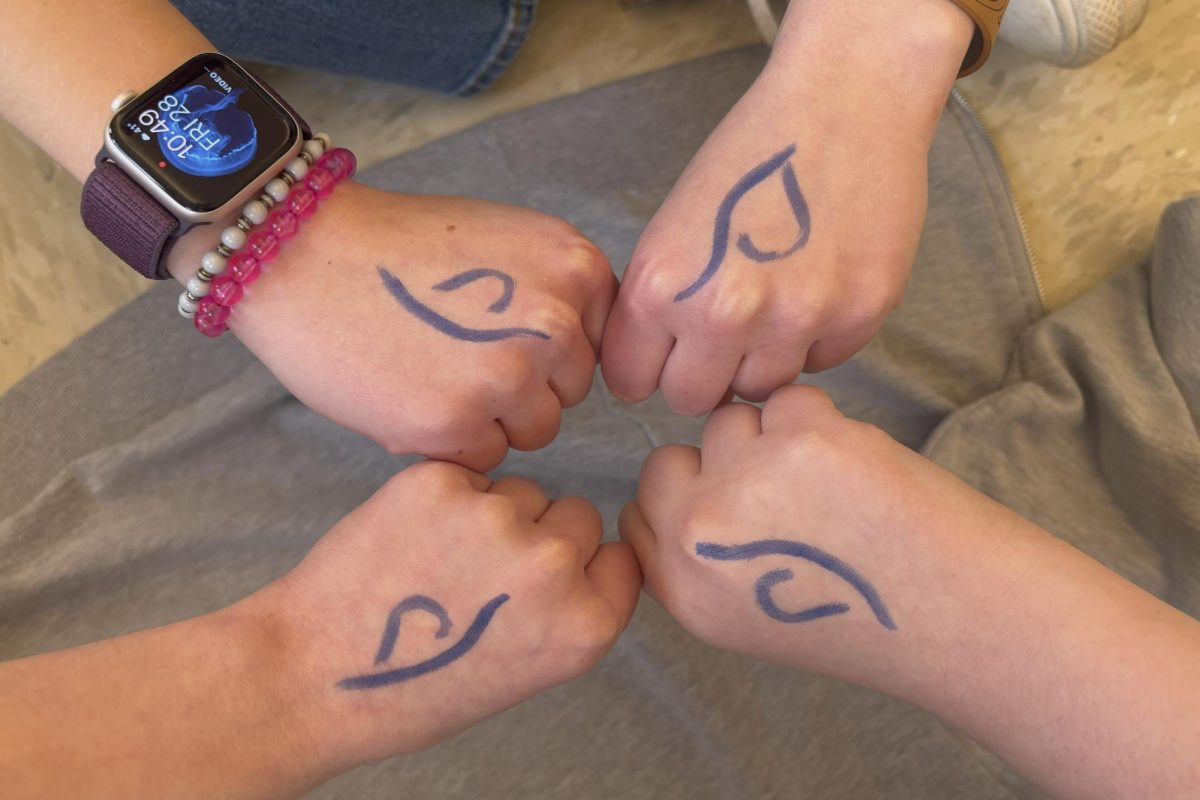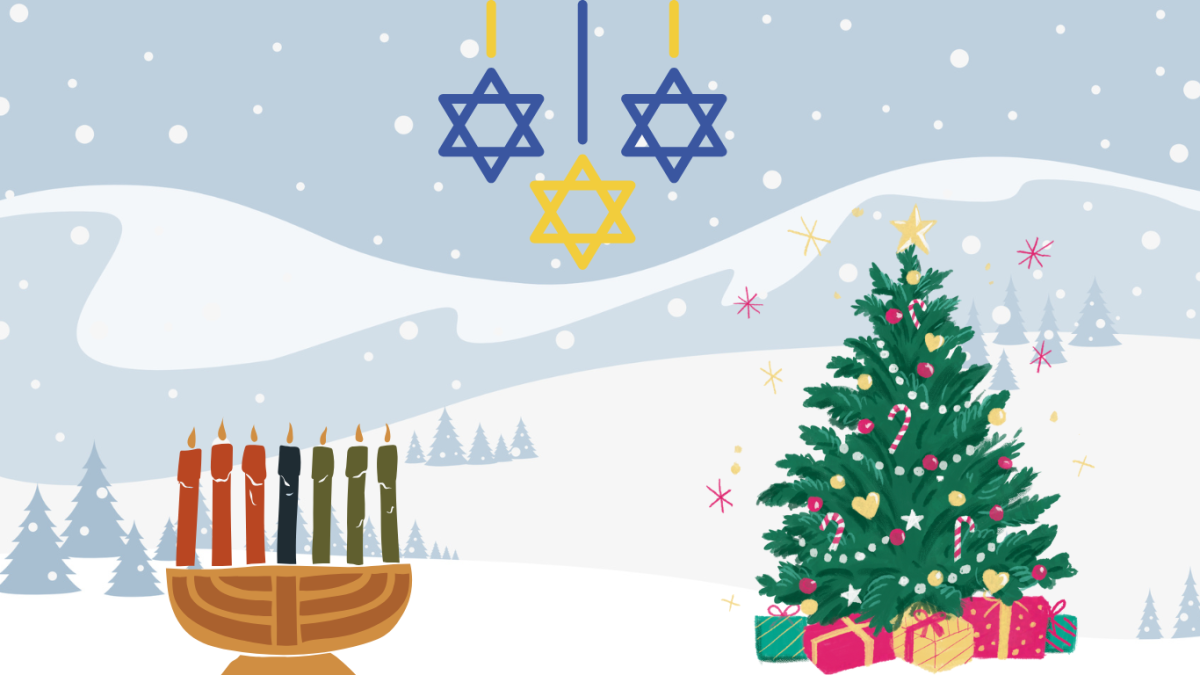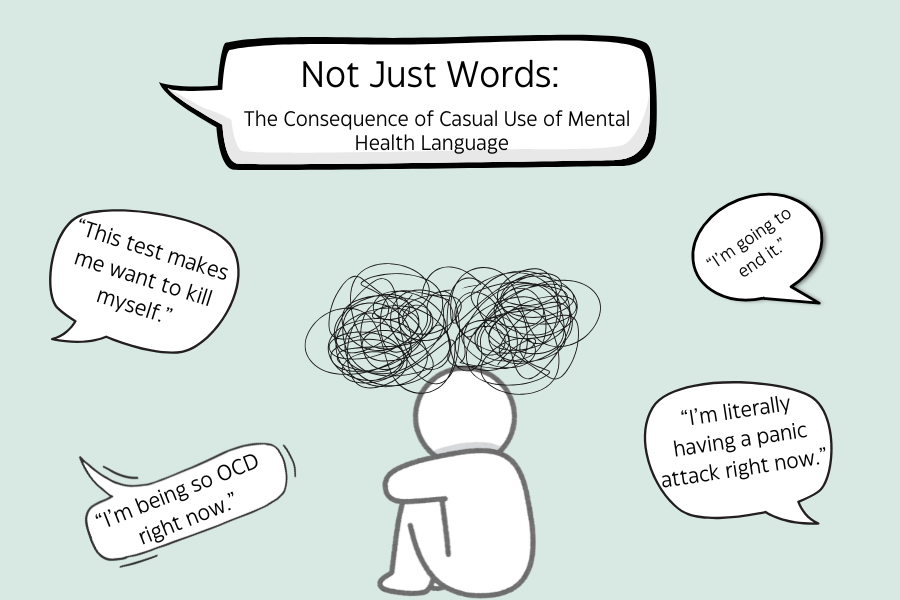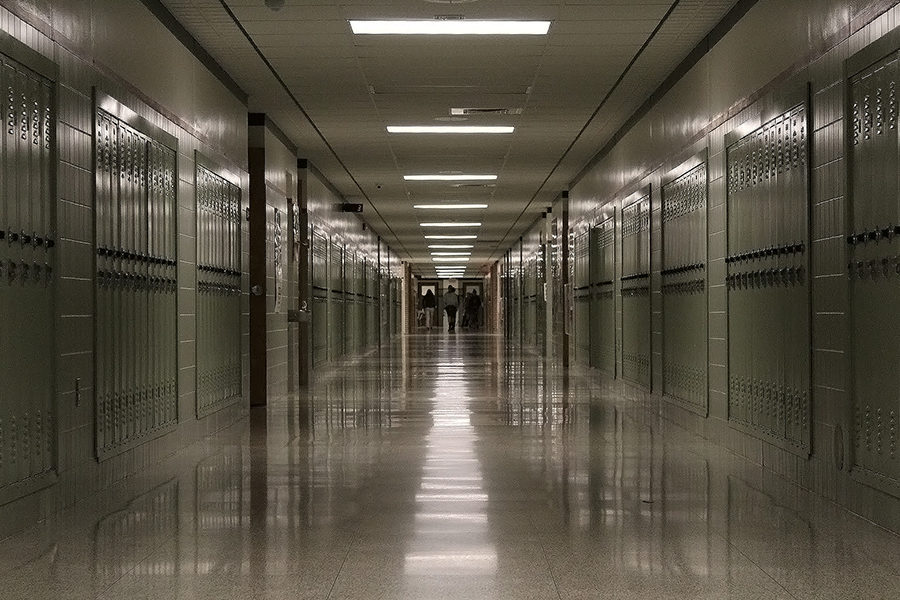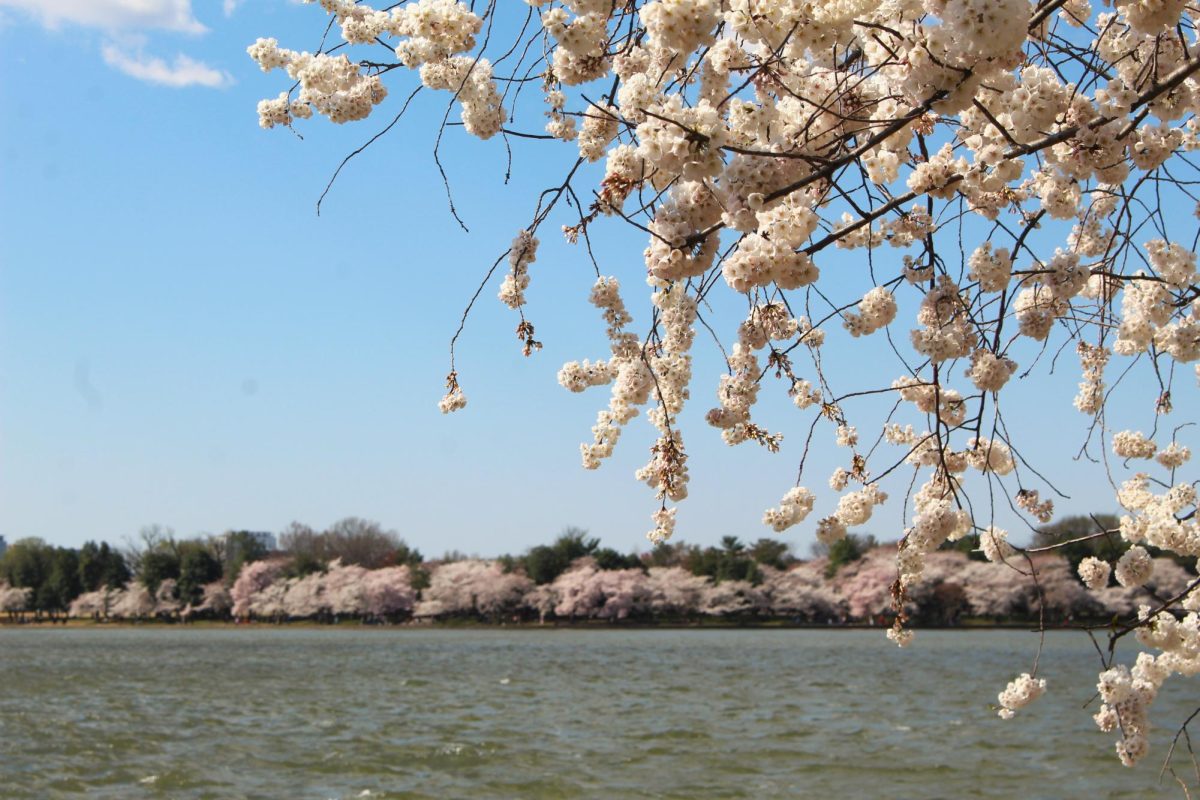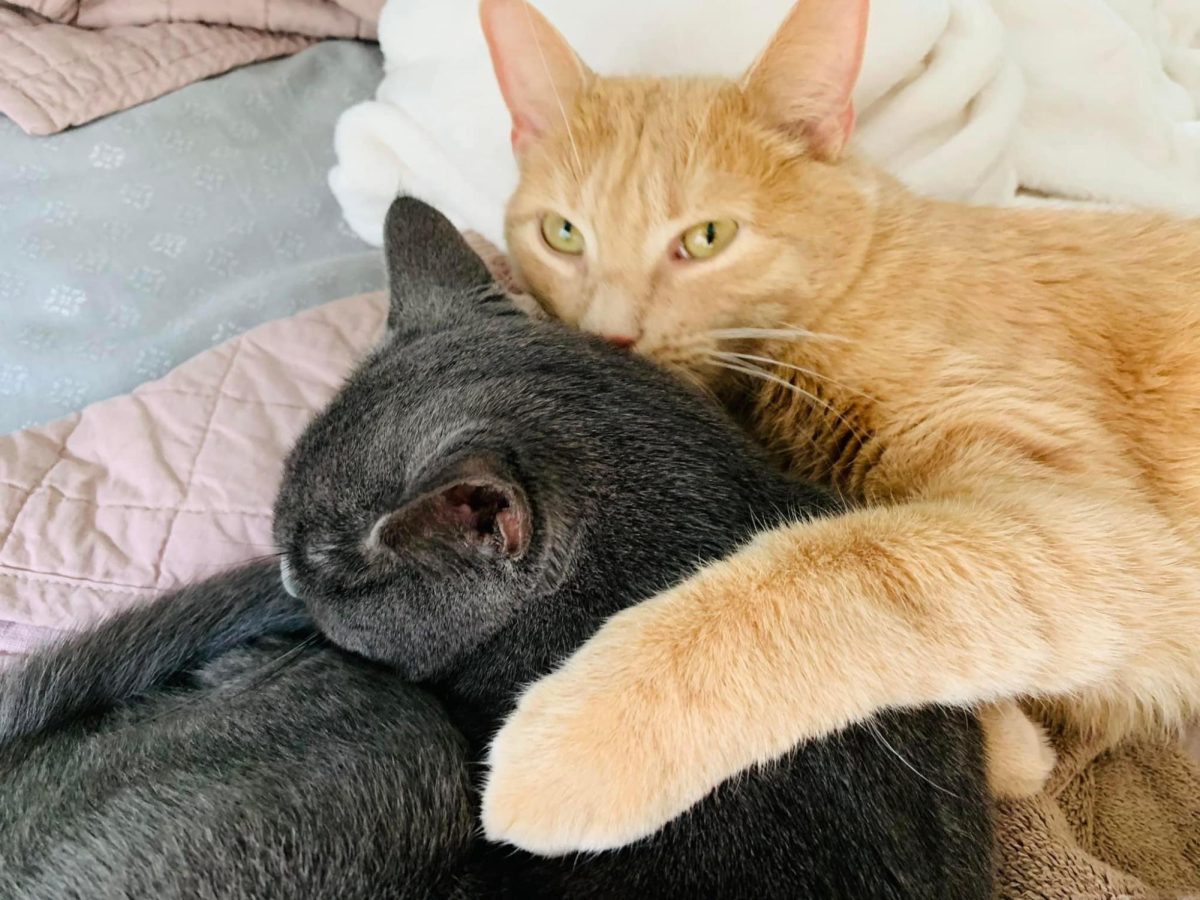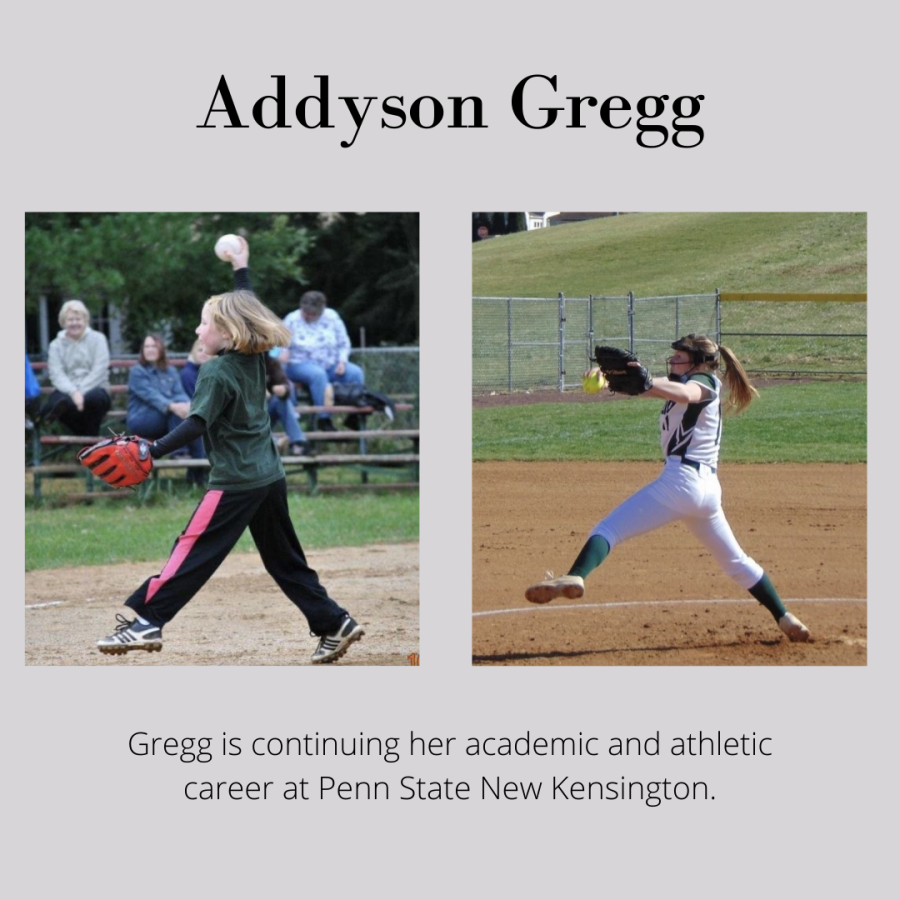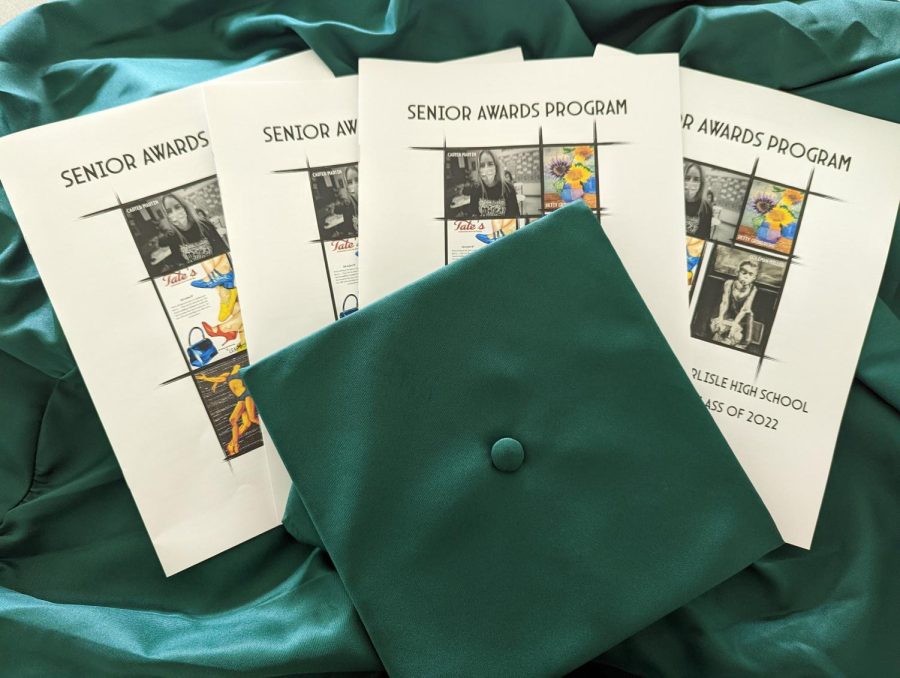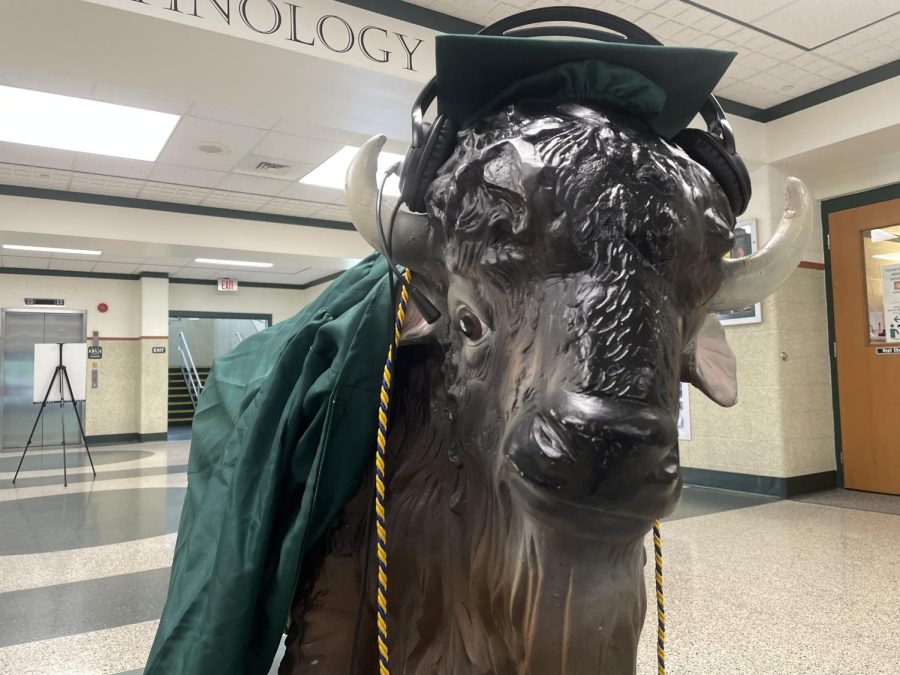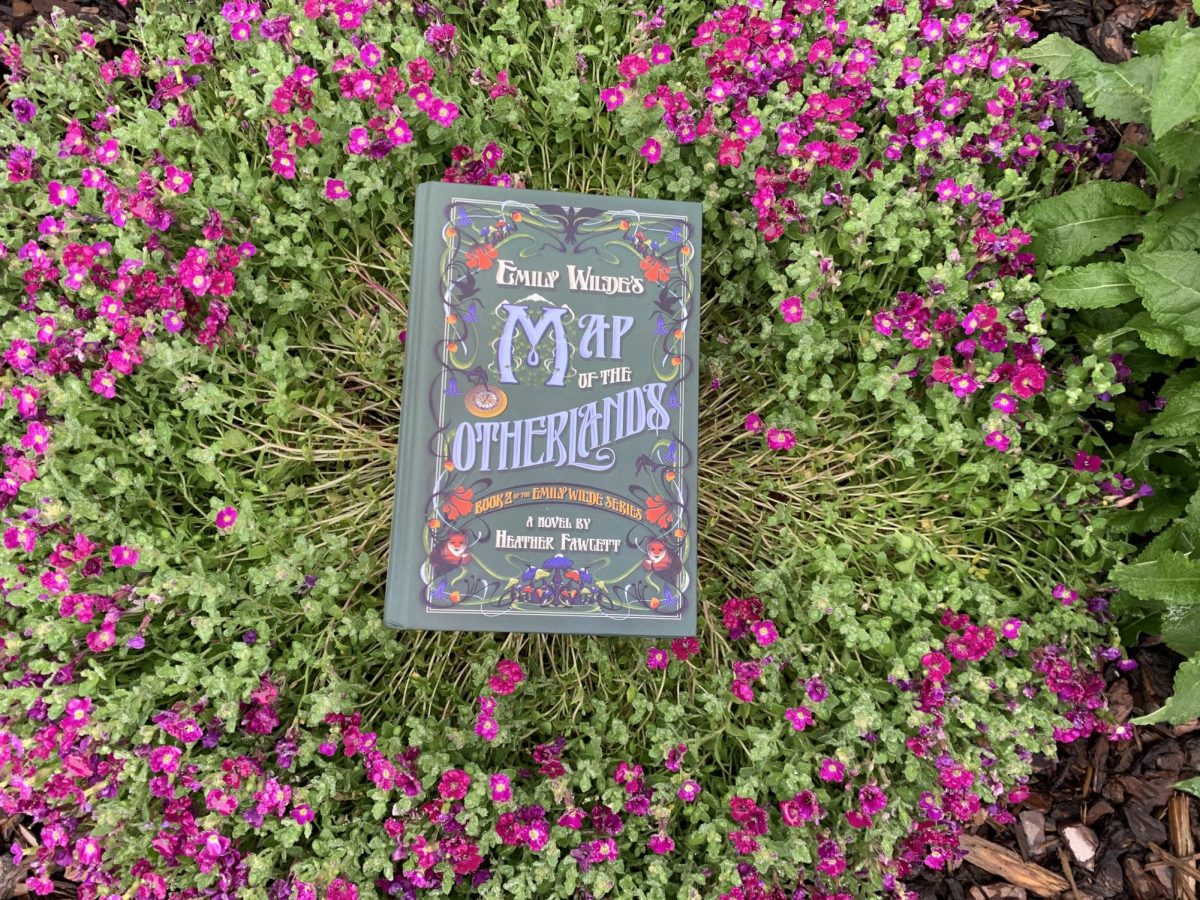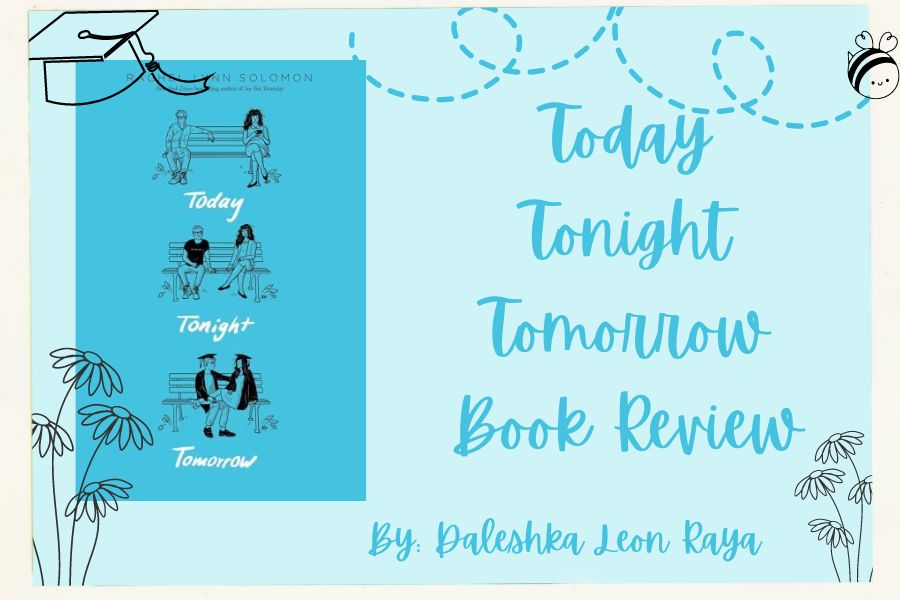January of this year, the second installment in an upcoming gem of a fantasy series was released to the public. Both books follow the protagonist, Emily Wilde, who is a curmudgeonly scholar at Cambridge University in the early 20th century as she journals her adventures exploring the mysterious and rifely dangerous world of dryadology. The Emily Wilde series, written by Heather Fawcett, currently spans two books. The first is titled Emily Wilde’s Encyclopaedia of Faeries, the second Emily Wilde’s Map of the Otherlands.
Both books are a breath of fresh air for any reader who appreciates the grand escapist Lord of the Rings or Chronicles of Narnia style of fantasy literature. There are pleasantly modern aspects present in the storytelling and character development, but the diction and worldbuilding very clearly create a sense of old-timey academia, which is apt for the setting. The Emily Wilde series falls partially into a genre called ‘cozy fantasy’, in which a happy ending is almost habitual and the stakes tend to be low. Aspects of Emily Wilde’s adventures fall outside of this categorization though, with intense stressful scenes and mentions of violence, gore, death, and cannibalism that are par for the course of mythology, especially in Northern Europe, but nonetheless disturbing.
While heavily plot driven, Fawcett’s writing really shines in world-building and character development. Each bit of information revealed comes at just the right time, spaced so that nothing feels especially clunky, or like an exposition dump. Telling a story through journal entries is a huge risk because if the character’s voice is not strong or compelling enough it will lose the audience immediately. Fawcett executes the method incredibly well. Emily Wilde as a character is enthralling because of her sharp intellect, endearingly abrasive personality, and the manner in which those features engage with her setting, making for a very compelling perspective. Each character is written distinctly and given a very active voice, but understandably the strongest is hers.
Emily Wilde’s Map of the Otherlands builds upon Encyclopaedia of Faeries by deftly expanding plotlines that were established in the original. Fawcett employs dual storytelling expertly, using episodic adventures in both books to support the overarching plot in which Emily and crew are attempting to regain Wendell, a fae prince, and his kingdom in the realm of faeries. In the first book, Emily’s original goal is to create an encyclopedia documenting kinds of faeries and get it published. Nothing of this caliber has yet been achieved in her world, and many of Emily’s coworkers think it is impossible. Dryadology, the scientific field Emily specializes in, was founded after the discovery that supernatural beings from folklore are real and is notoriously fickle due to the subjects’ ability to escape the physical realm, lending to the scholars’ skepticism in the feasibility of Emily’s goal. Over the course of the first book, Emily demonstrates exceptional capability and an intuition for faerie behavior and locations that seem almost too good to be true. She encounters house faeries, High Ones, and even a changeling, tying many threads of European folklore together in a thrilling adventure. Each recounting of events Emily writes strengthens the world-building and character voices by sharing exact dialogue and extensive detail. Because of the structure of the primary storyline in Encyclopaedia of Faeries, it leaves a reader feeling as though it could have been a standalone.
And then the second book opens back into Emily’s voice, into her world, and the underlying issue of Wendell’s inheritance of the throne arises once more. Fawcett ramps the pace up in the second book, with action moments occurring within pages of the beginning. Because of its nature as a sequel, this framing shows a well-placed trust in the audience’s intelligence. The cast has grown and changed from that of the first book. Vibrant characters permeate both novels, but the sequel connects the audience to the side characters much more directly than in The Encyclopaedia of Faeries. Each character feels dynamic and individual, mini-arcs unfolding for almost all of them as the plot chugs along. Some become closer to Emily, others’ stories conclude in tandem with the ending of Emily’s time in the area she’s studying, and still others promise recurrence through the progression of the series; like Poe, a helpful, awkward house faerie who lives in a tree gifted to him by Wendell upon the conclusion of The Encyclopaedia of Faeries. Wendell Brambleby, who remains Emily’s academic nemesis and now her love interest of fae origin, makes the occasional entry in her stead at major plot points in both books. Their dynamic is incredibly fun to read because it’s such a subversion of expectation, the two swapping the common archetypes of modern fae-fiction. Where Emily is grumpy, antisocial, intensely academic-minded, troublesomely uncaring for her own upkeep and reckless, Wendell contradicts her with his lackadaisical, deceptively hospitable, home-making nature. That is not to say he isn’t capable, because on more than one occasion he pulls through to save the day with his knowledge, skill, and dedication to Emily.
As a sequel, Emily Wilde’s Map of the Otherlands is successful. Fawcett demonstrates experience and skill in continuing an interesting, overarching plot at a pace that doesn’t exhaust a reader. This is unsurprising as the author has experience with serial writing, having penned the young adult series ‘Even the Darkest Stars’ as well as a plethora of other middle grade and young adult books. Map of the Otherlands continues Emily’s adventures with a balance of both familiar and new motifs, characters, and character traits. Fawcett’s writing remains detailed but well-paced. There were moments that could have done with a bit more drama, but considering Emily’s practical nature it makes sense that if there had been social dramatics she would have ignored or missed them entirely. Emily is a refreshing protagonist because female characters with these rougher traits often get sidelined, softened, or deleted somewhere along the path to the public eye. While this likely did happen to some degree along the story’s journey from drafting to publication, Emily’s rough edges still play a consistent part throughout her story, and she is a breath of fresh air for it. The entire sequel lends well to this, retracing the lines of many fiction readers’ favorite aspects of high fantasy and blending them with modern themes.
Disclaimer: Articles designated as “Review” represent the views, opinions, and recommendations of the author, not the 2023-2024 Periscope staff, CHS/CASD administration, or the CHS student body.


